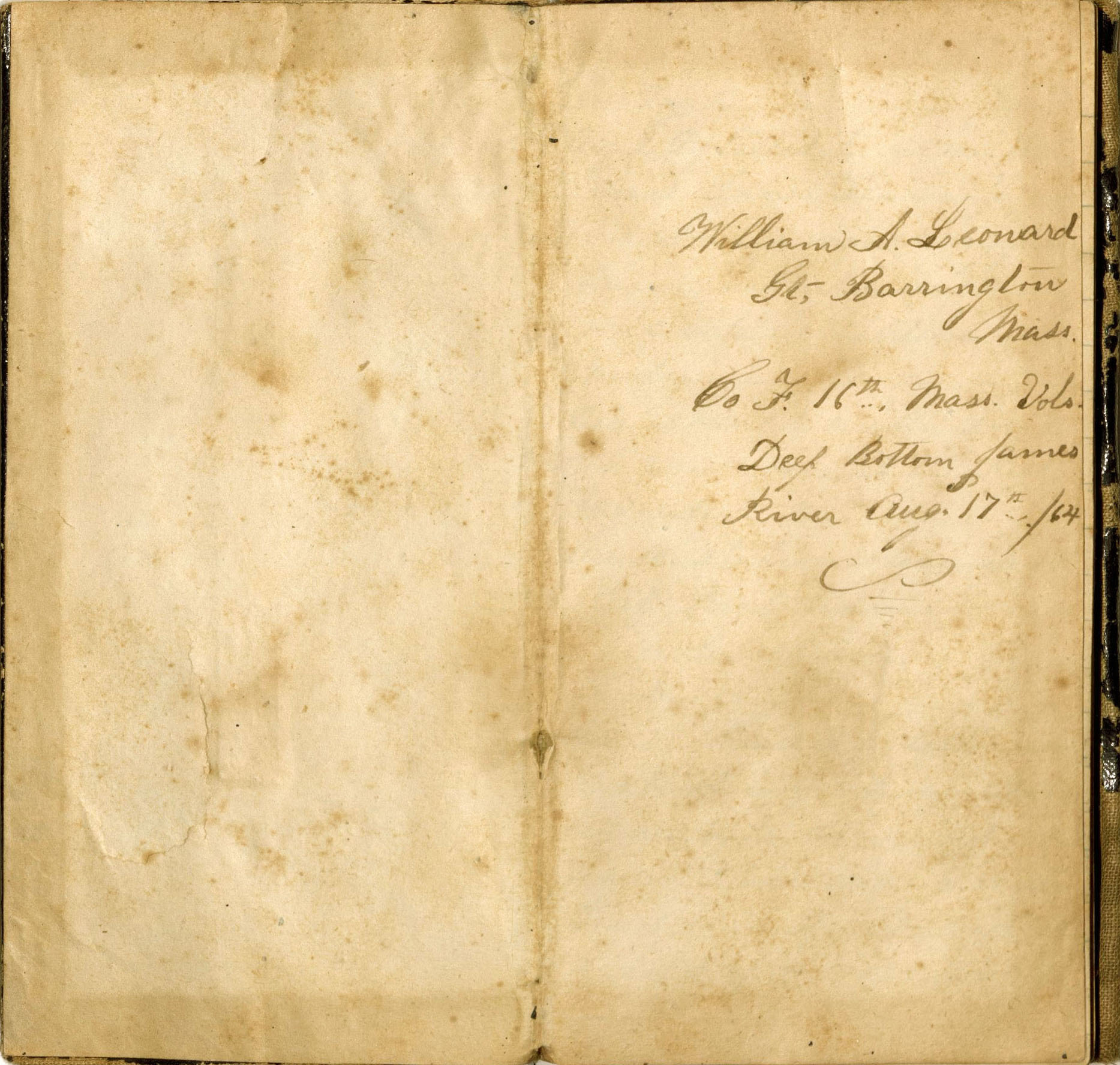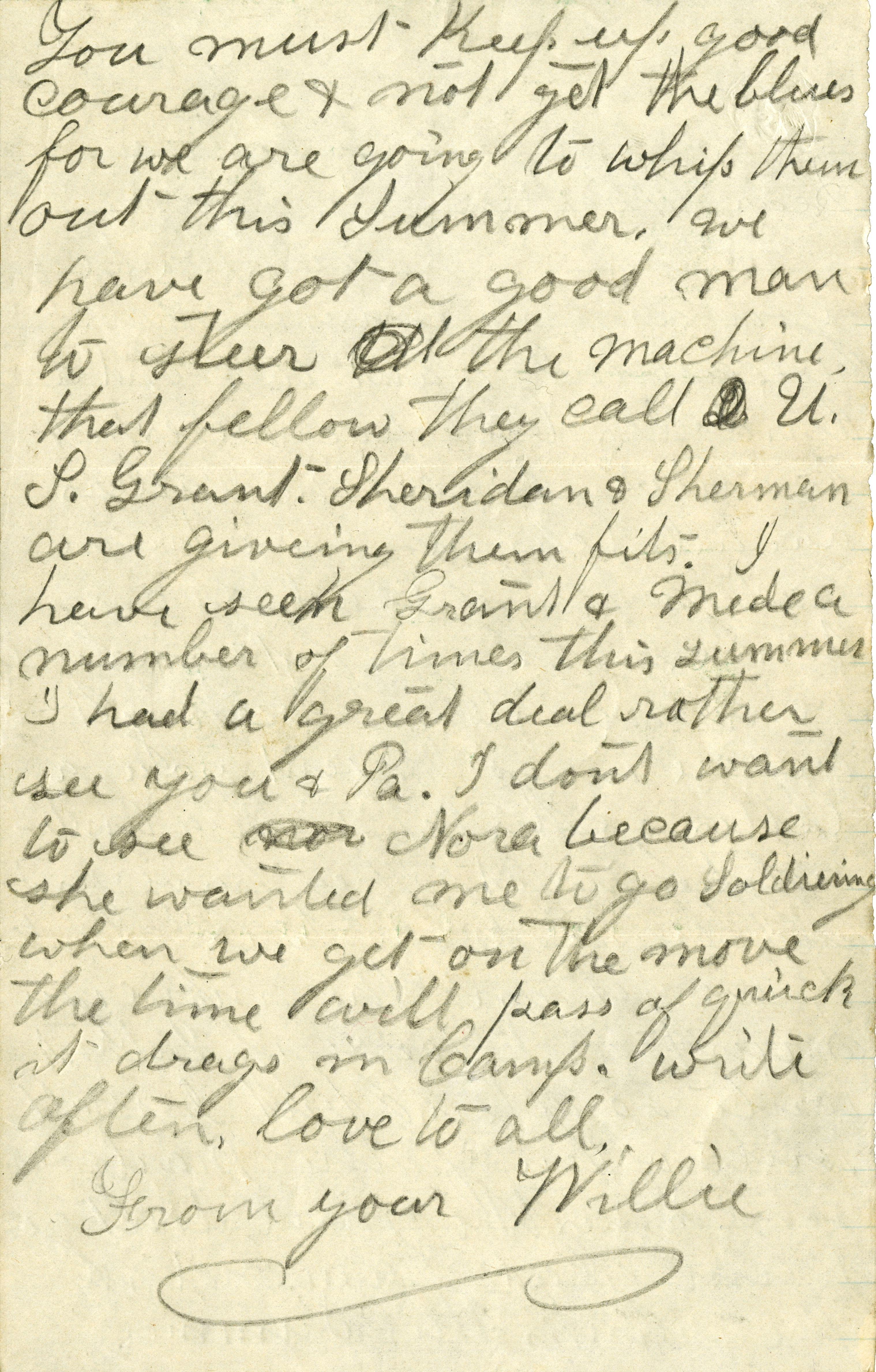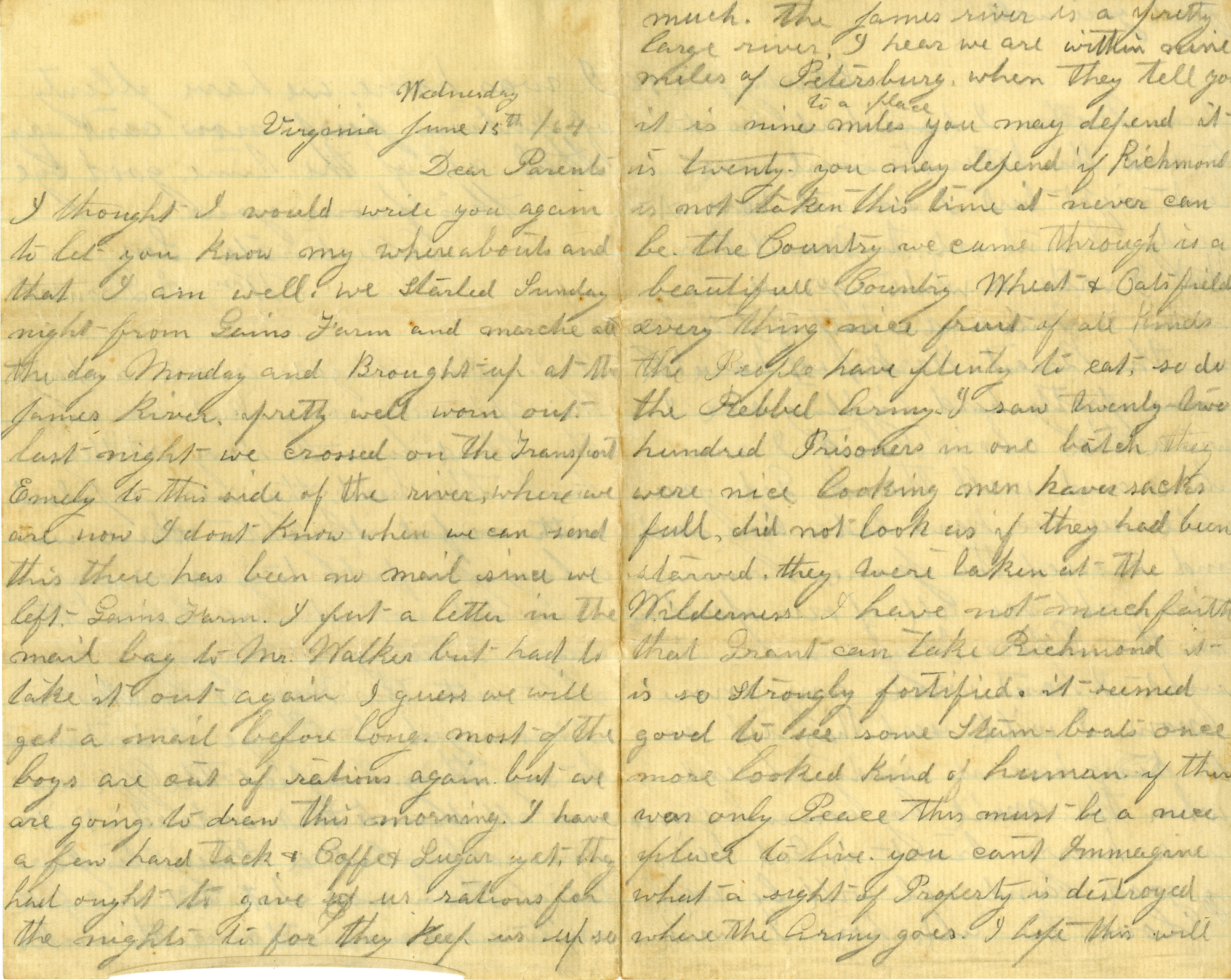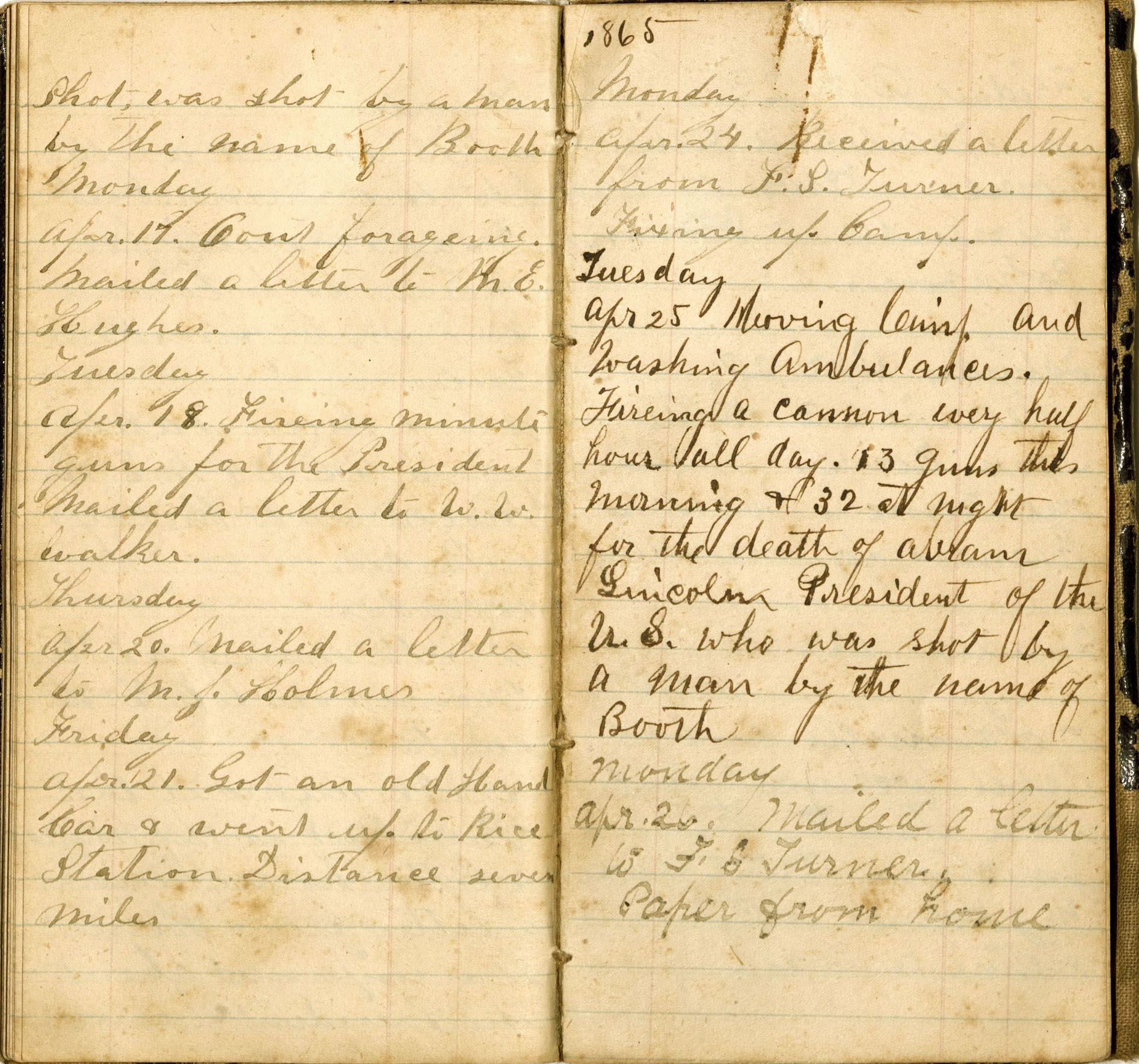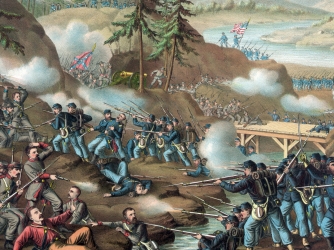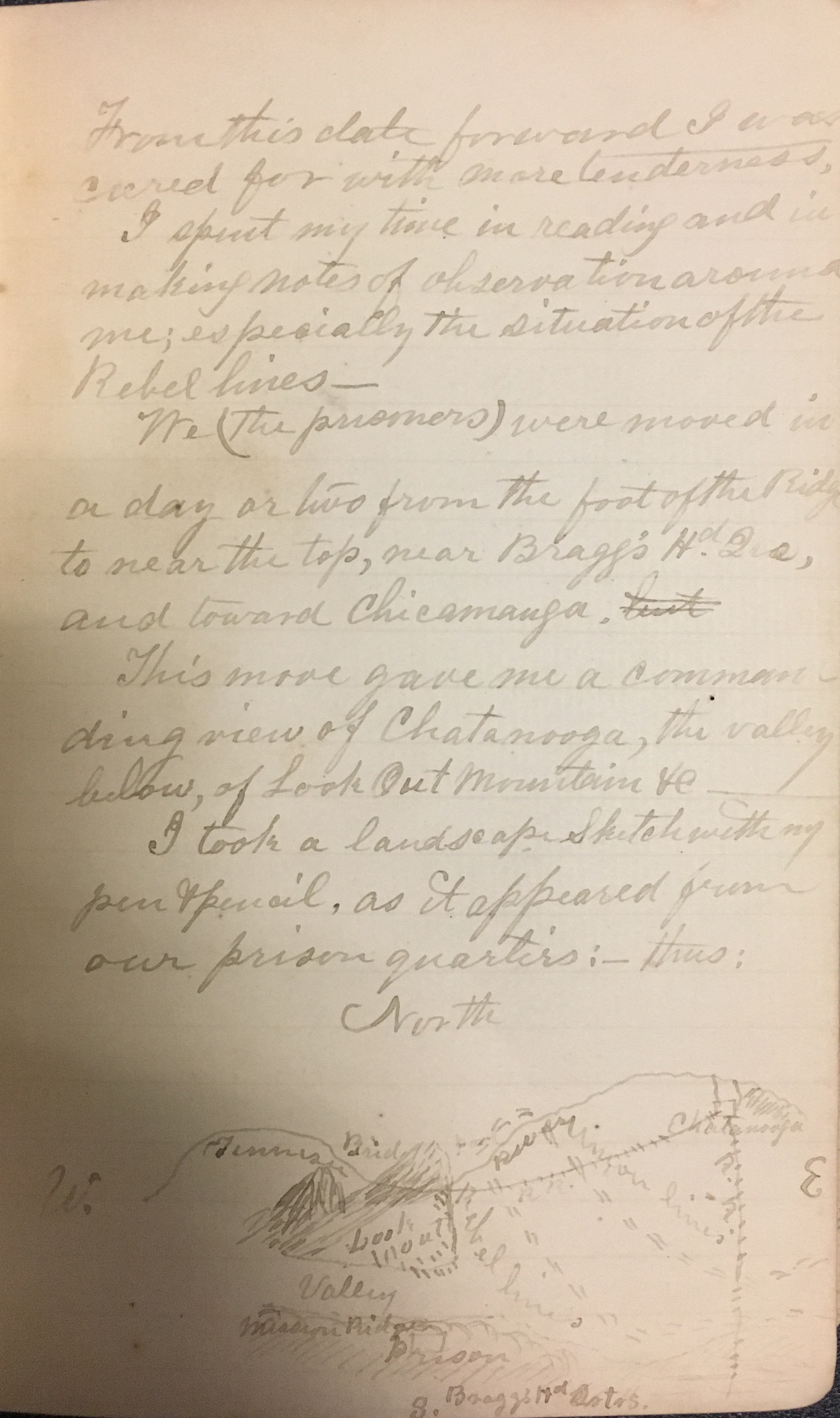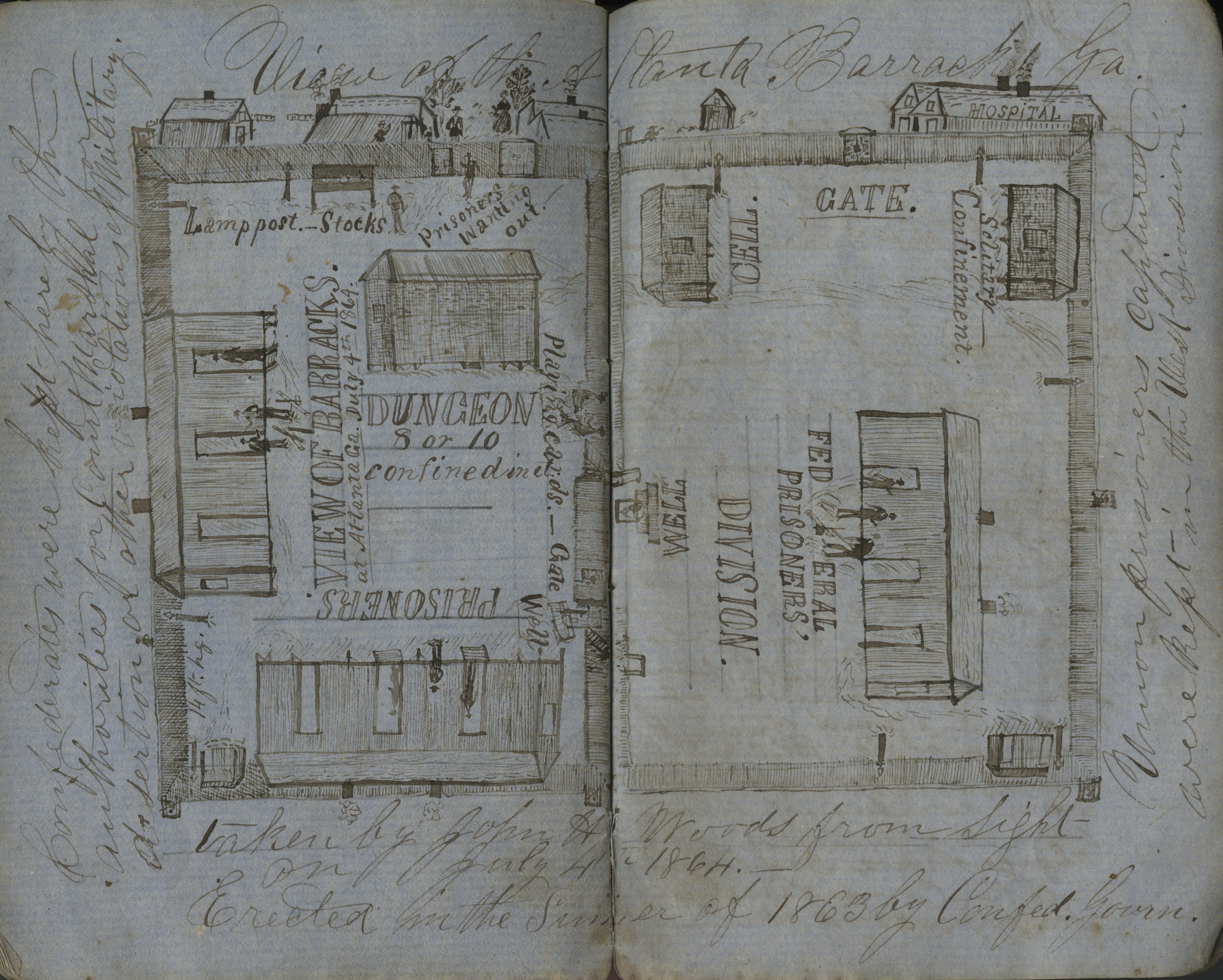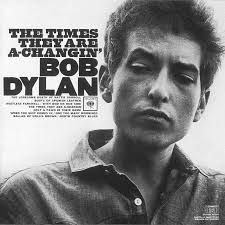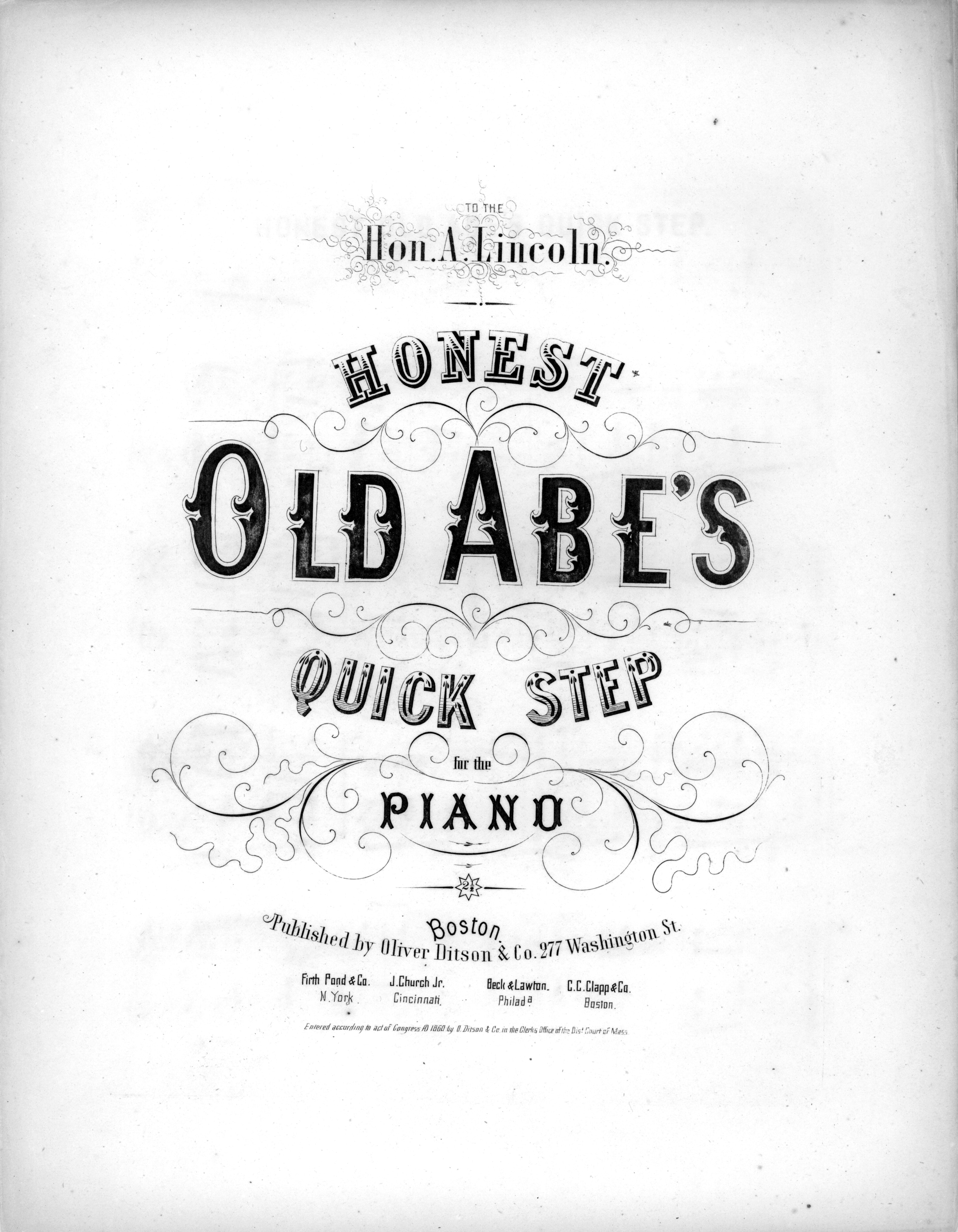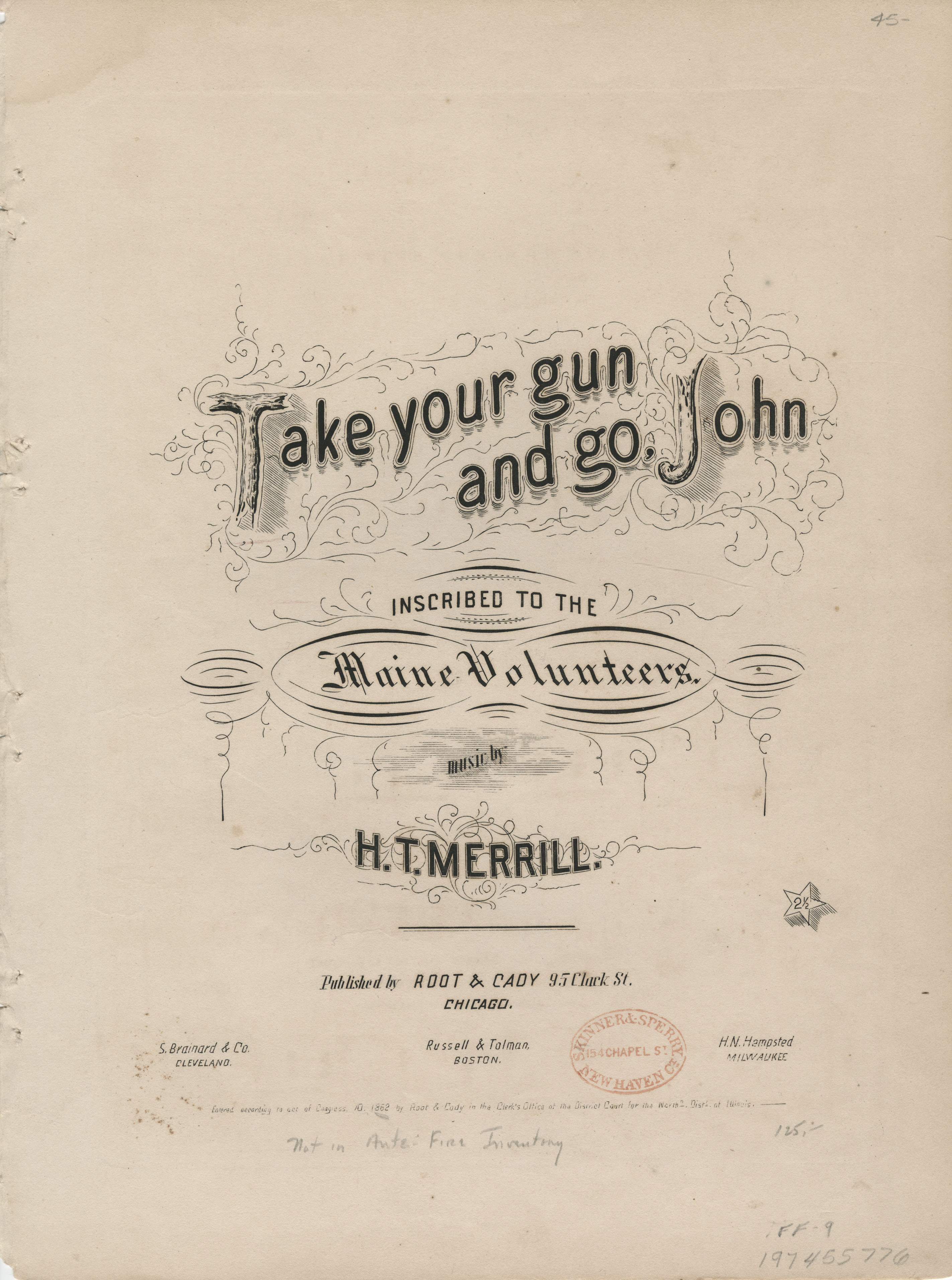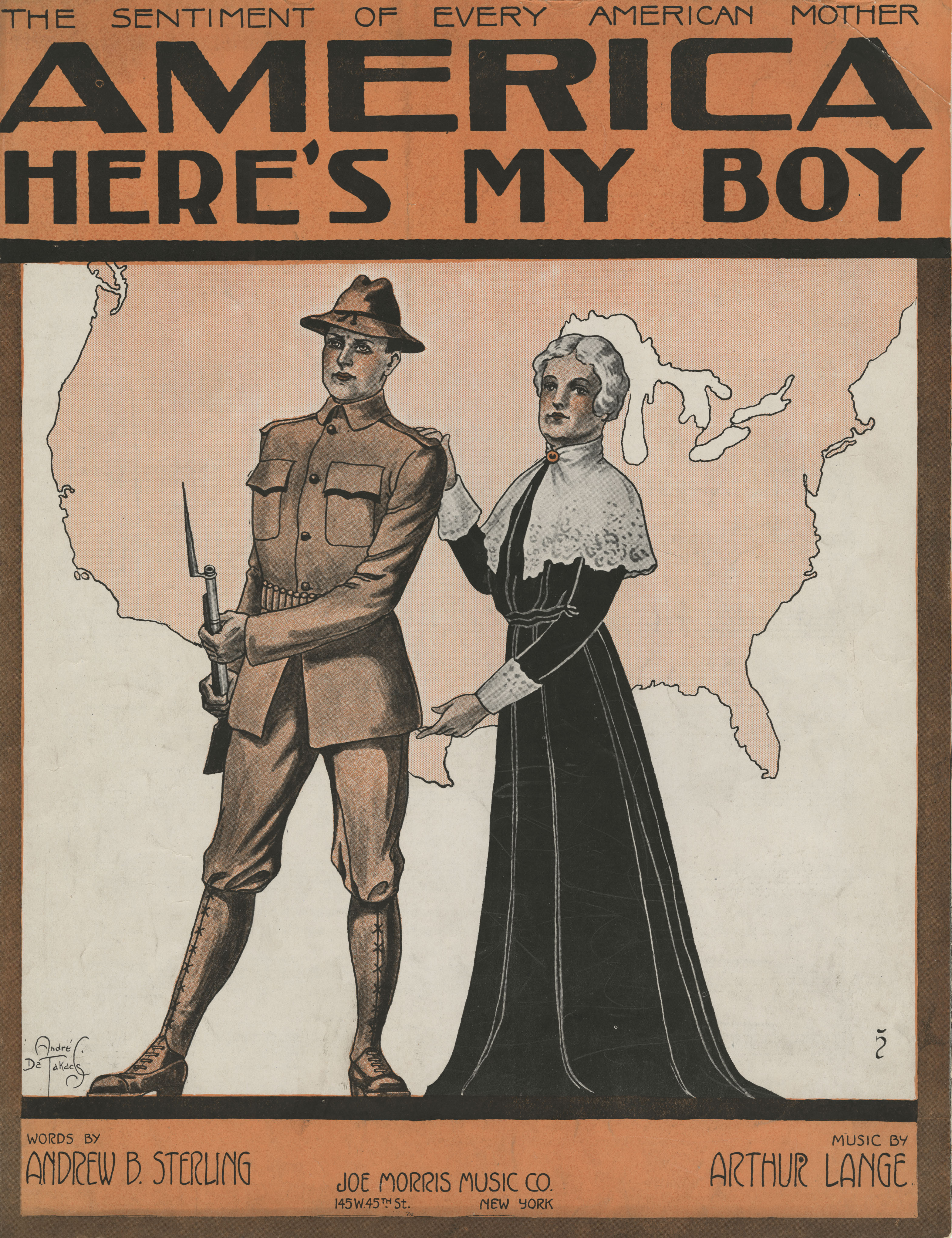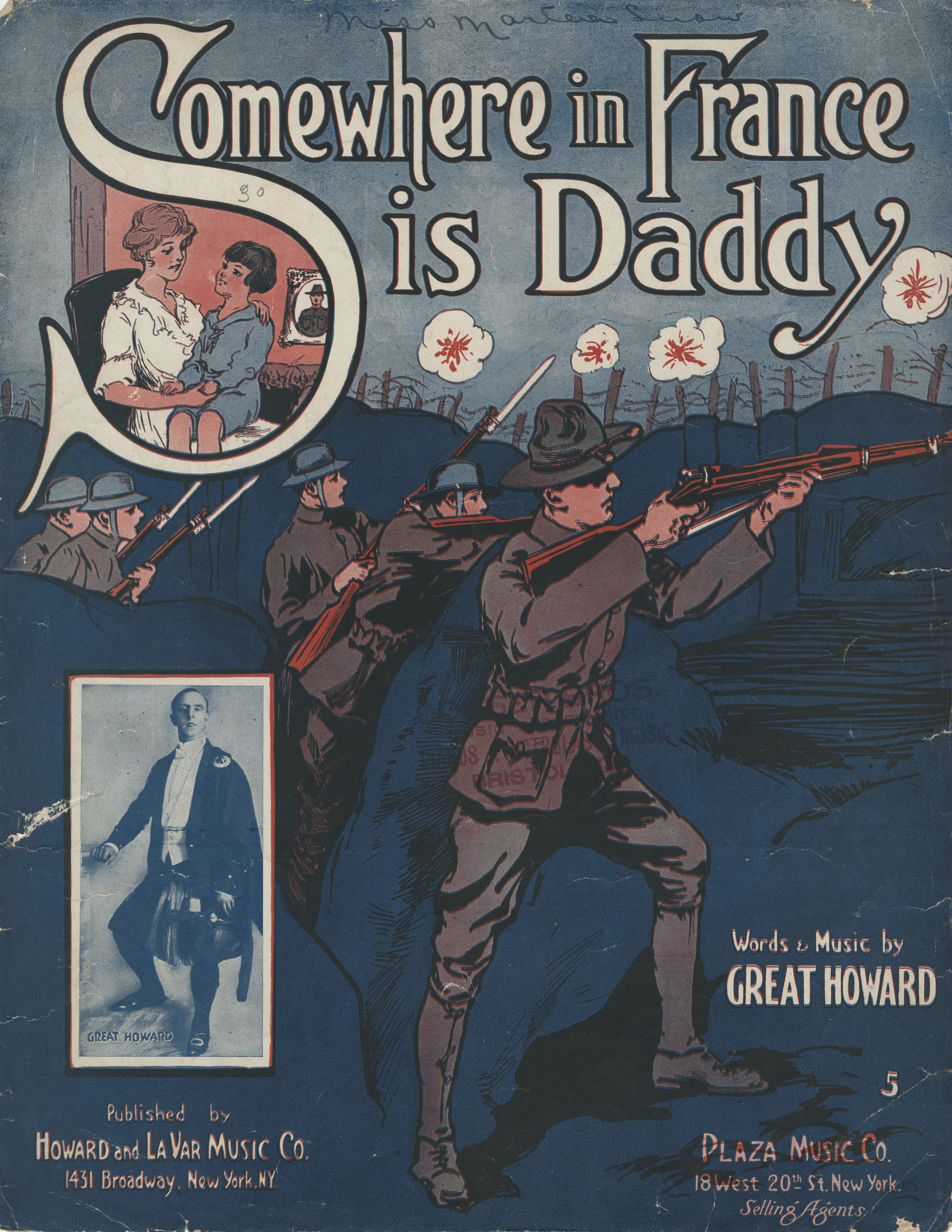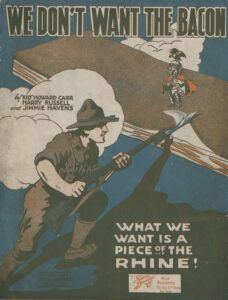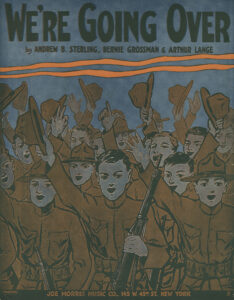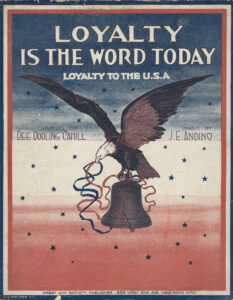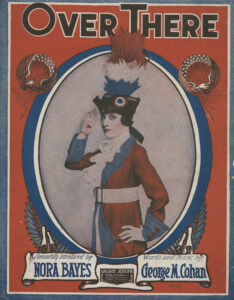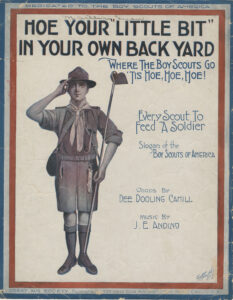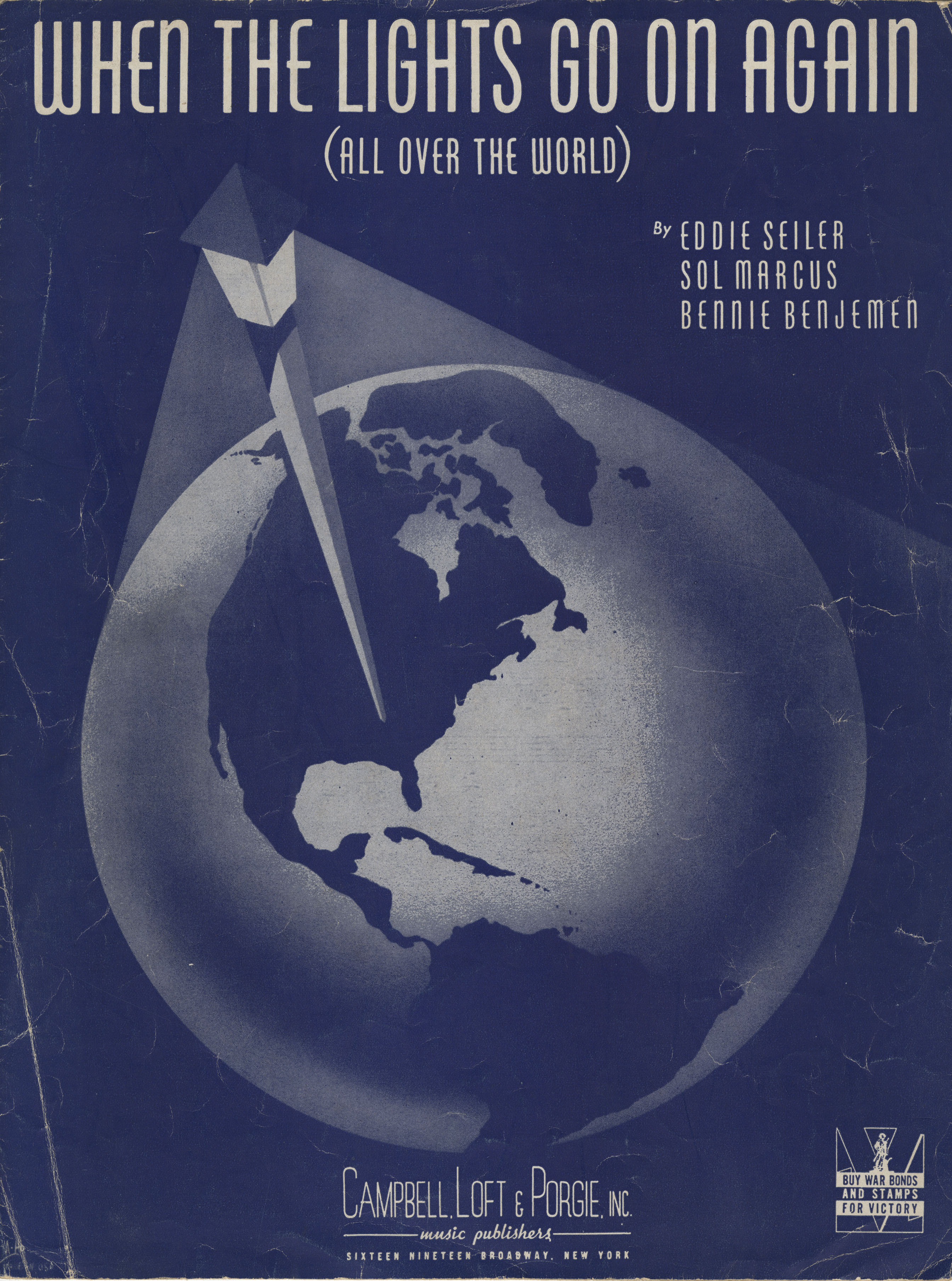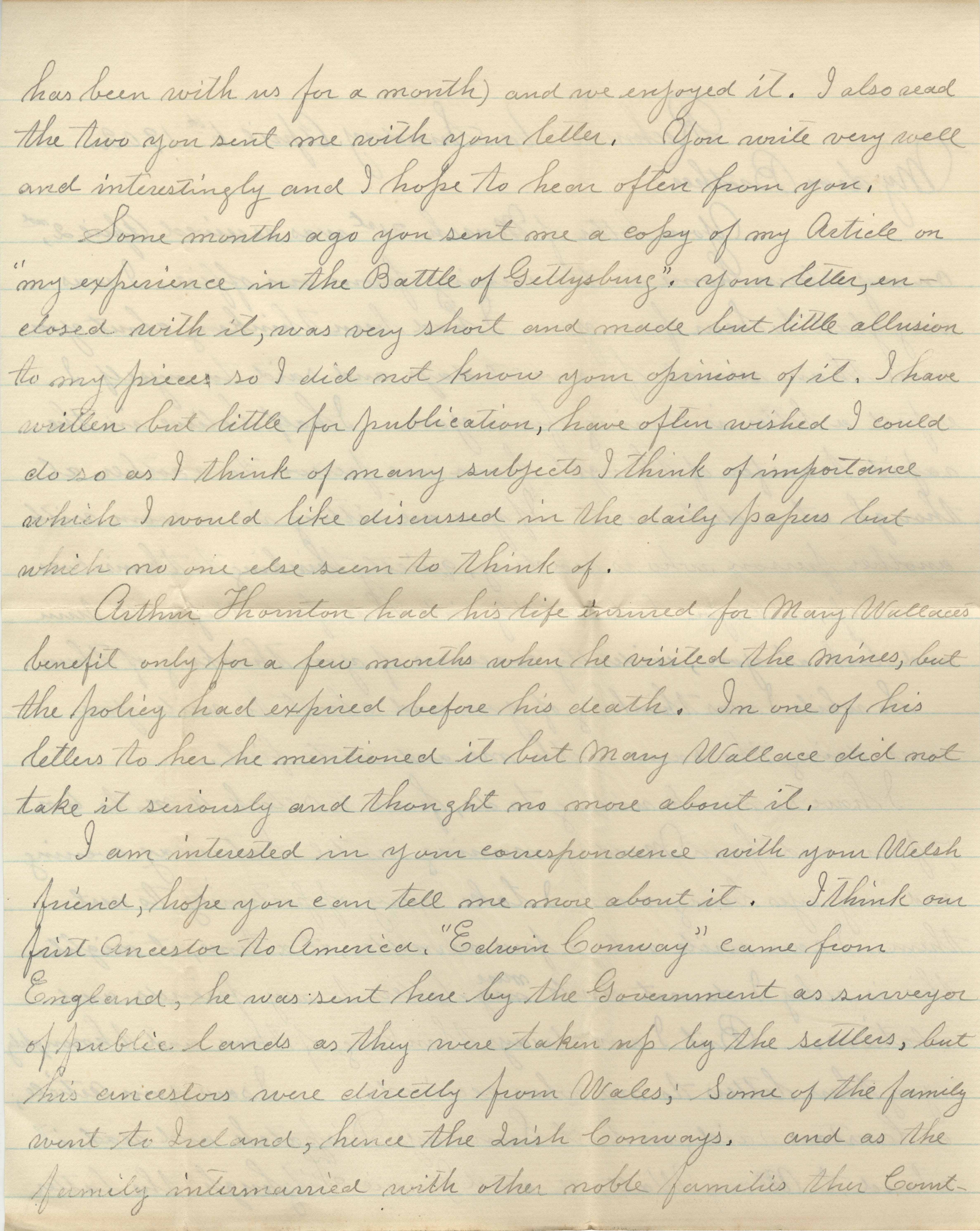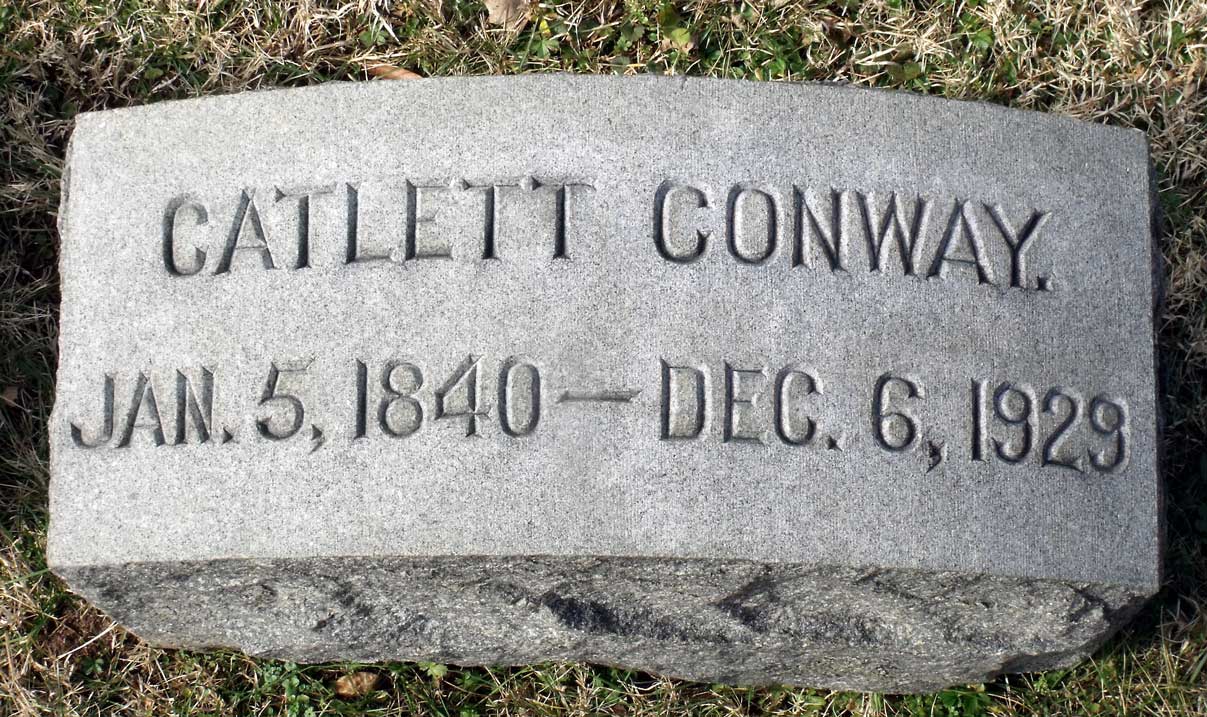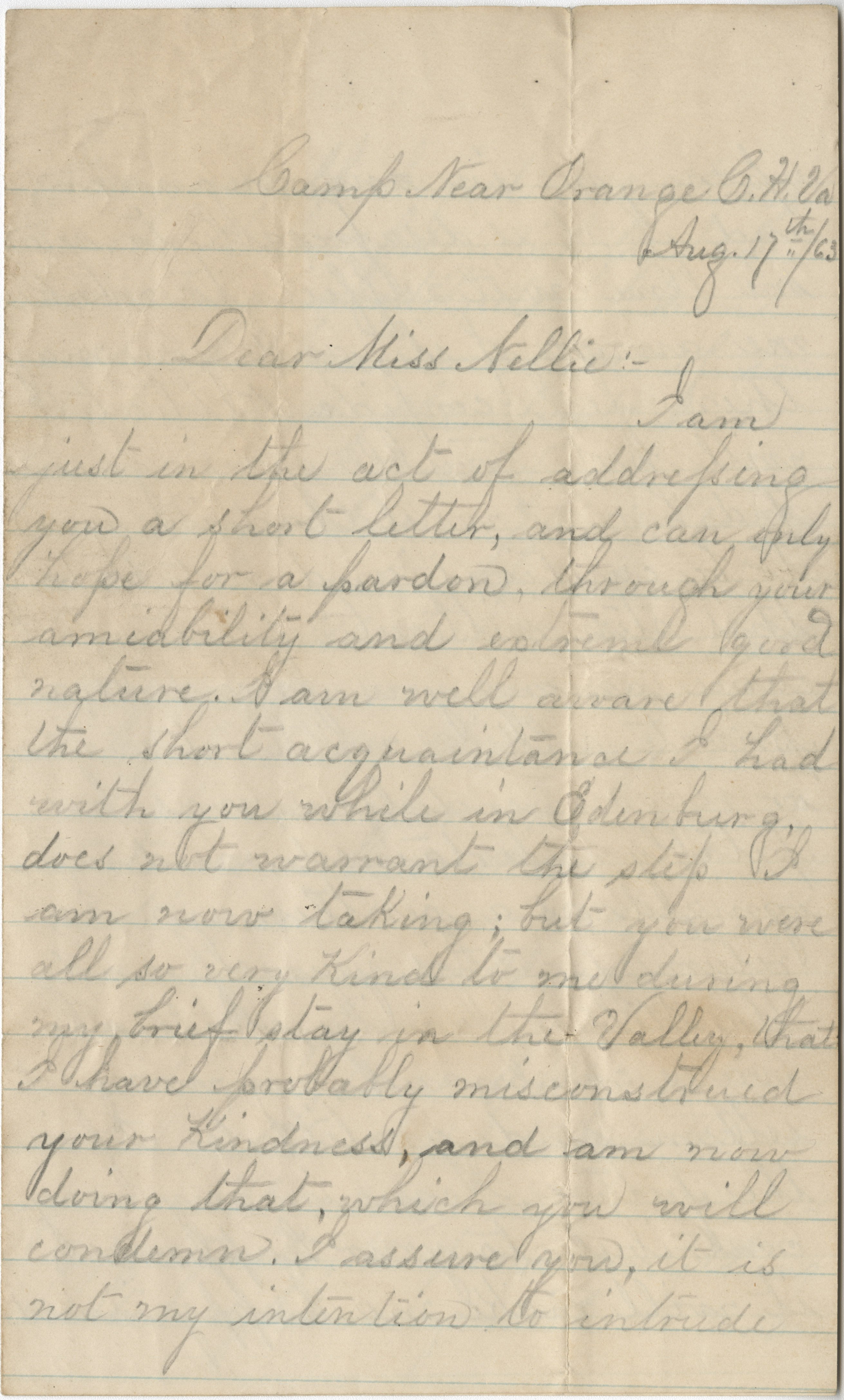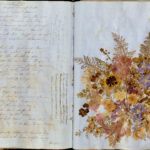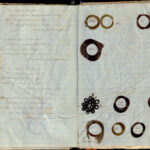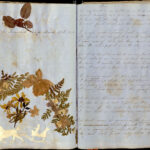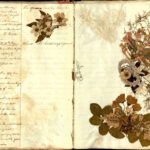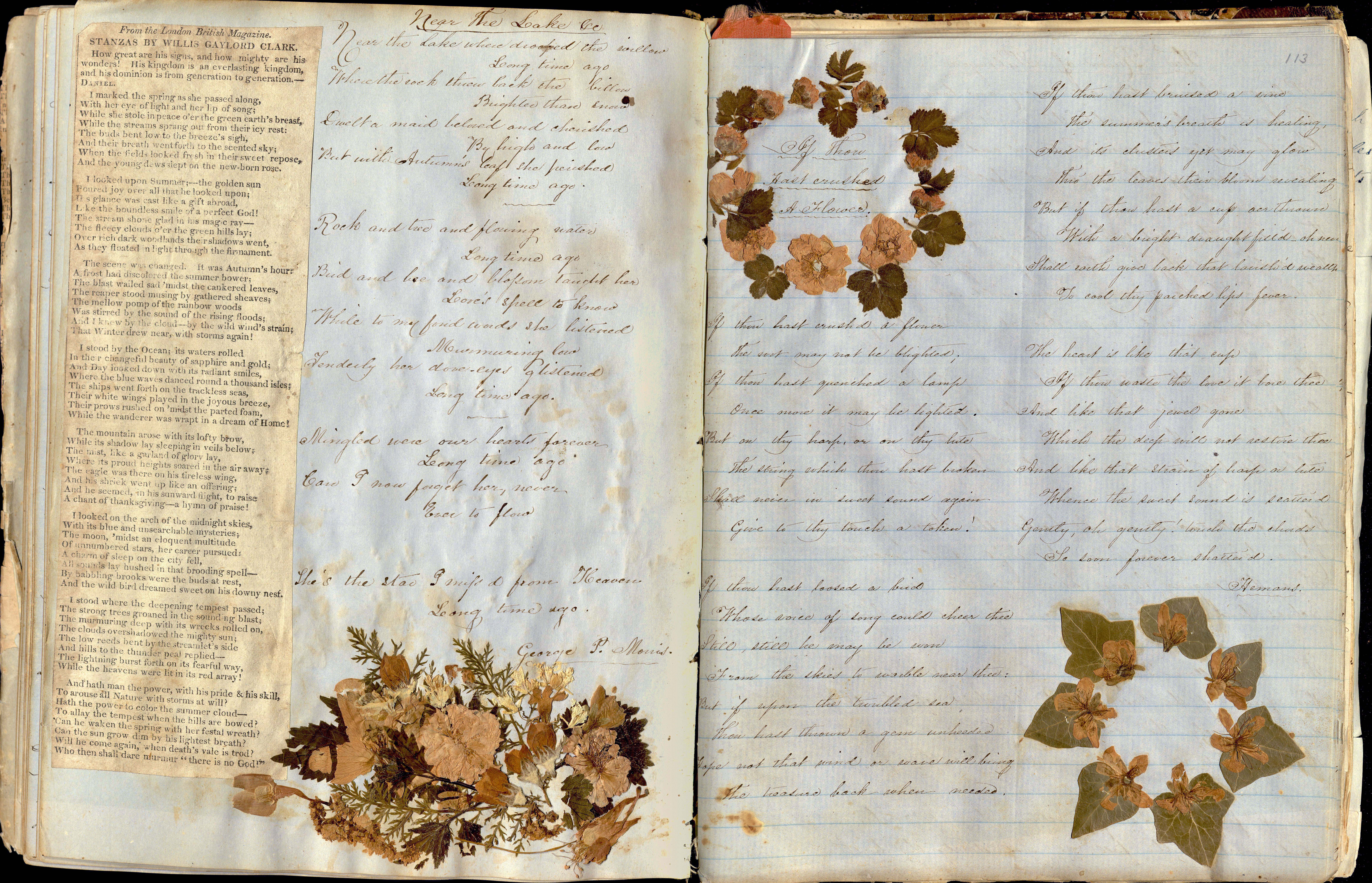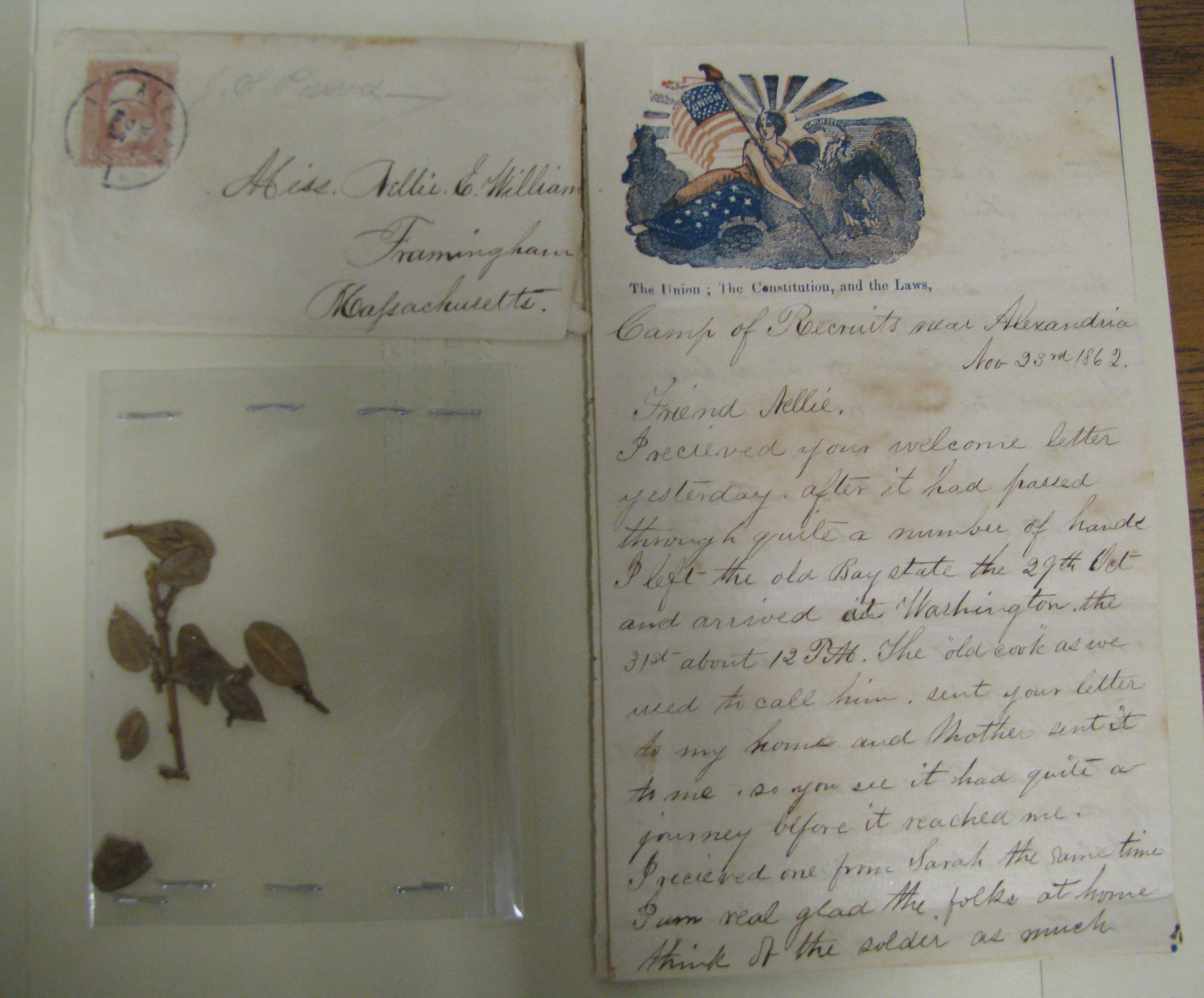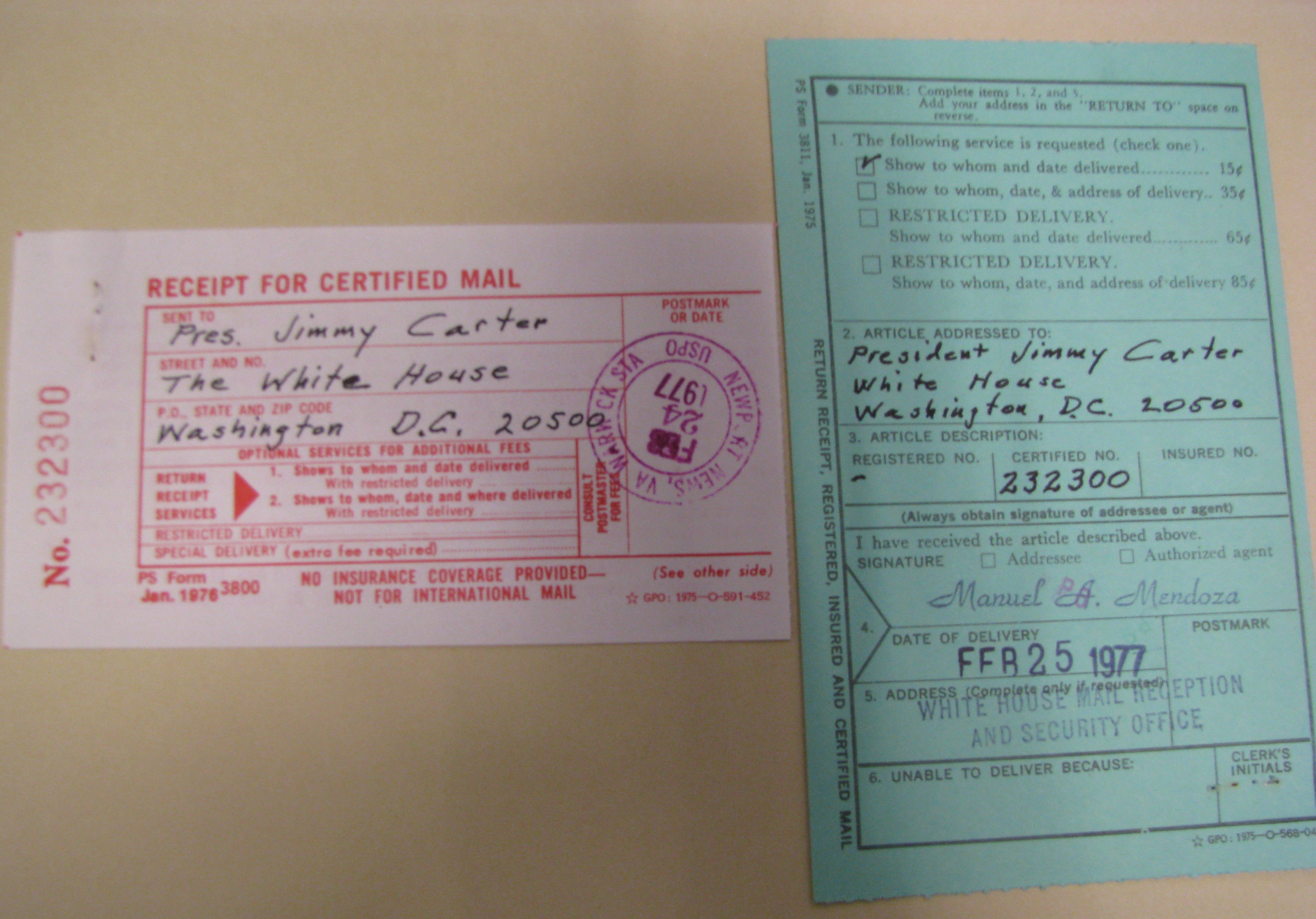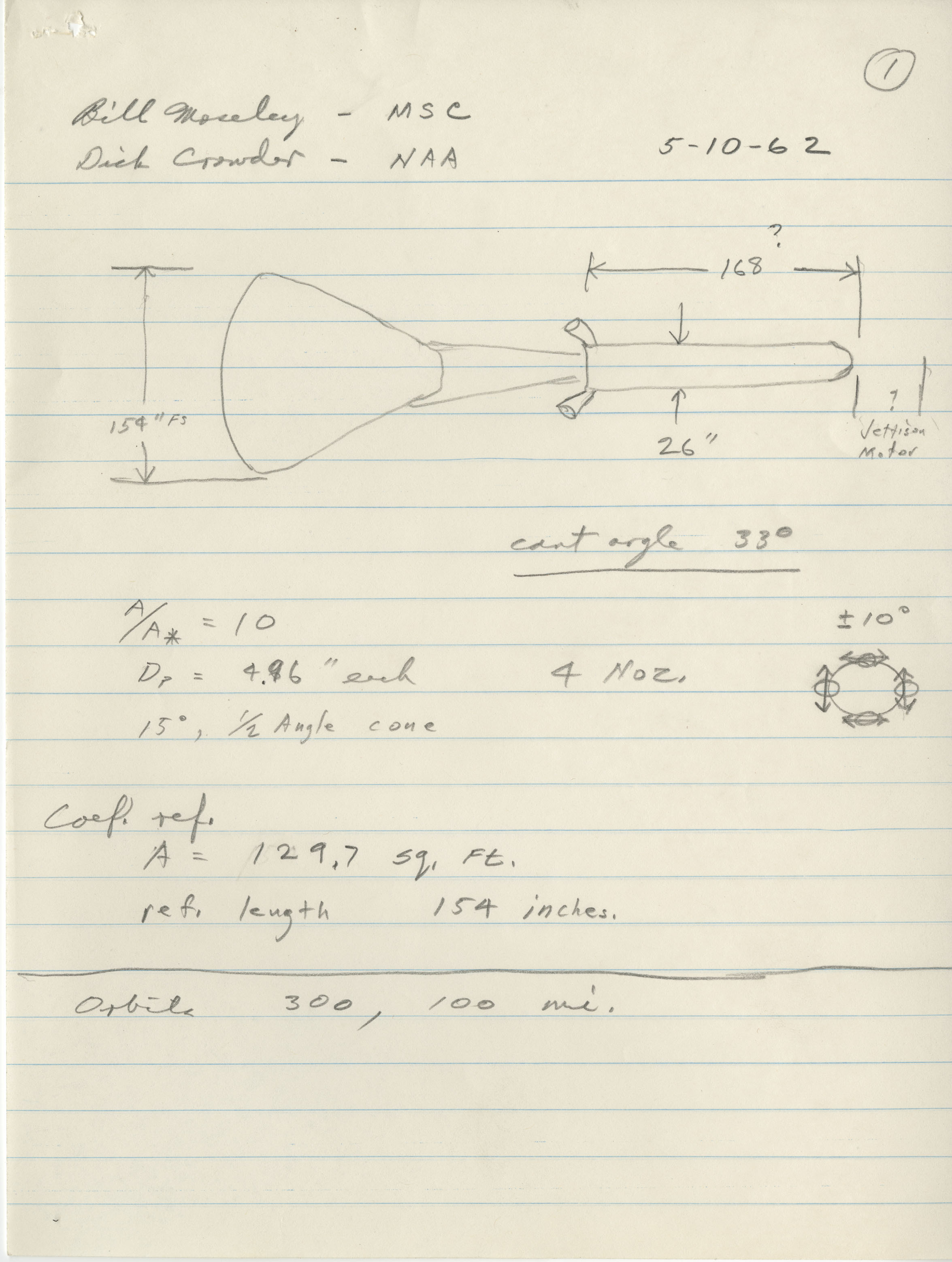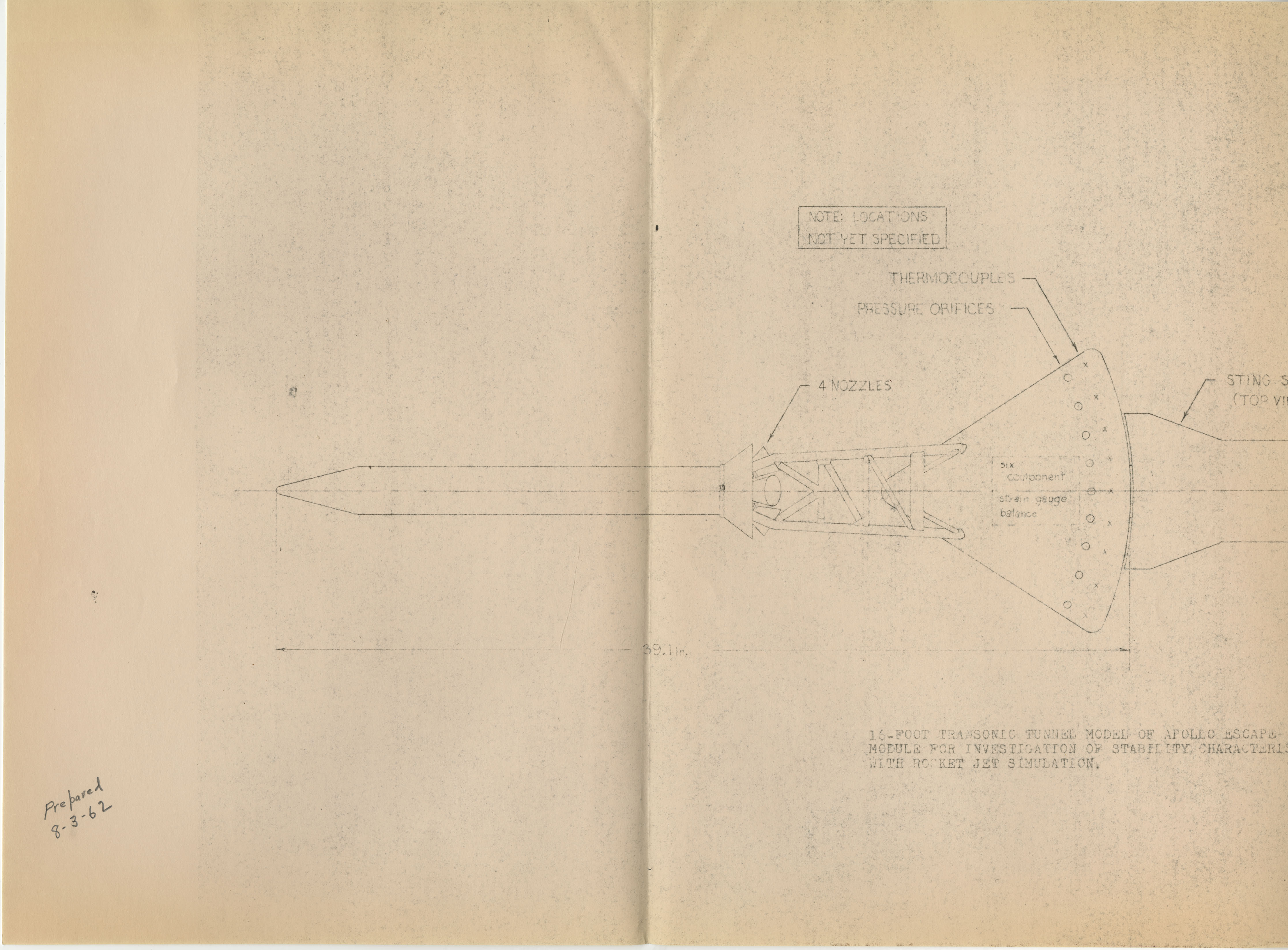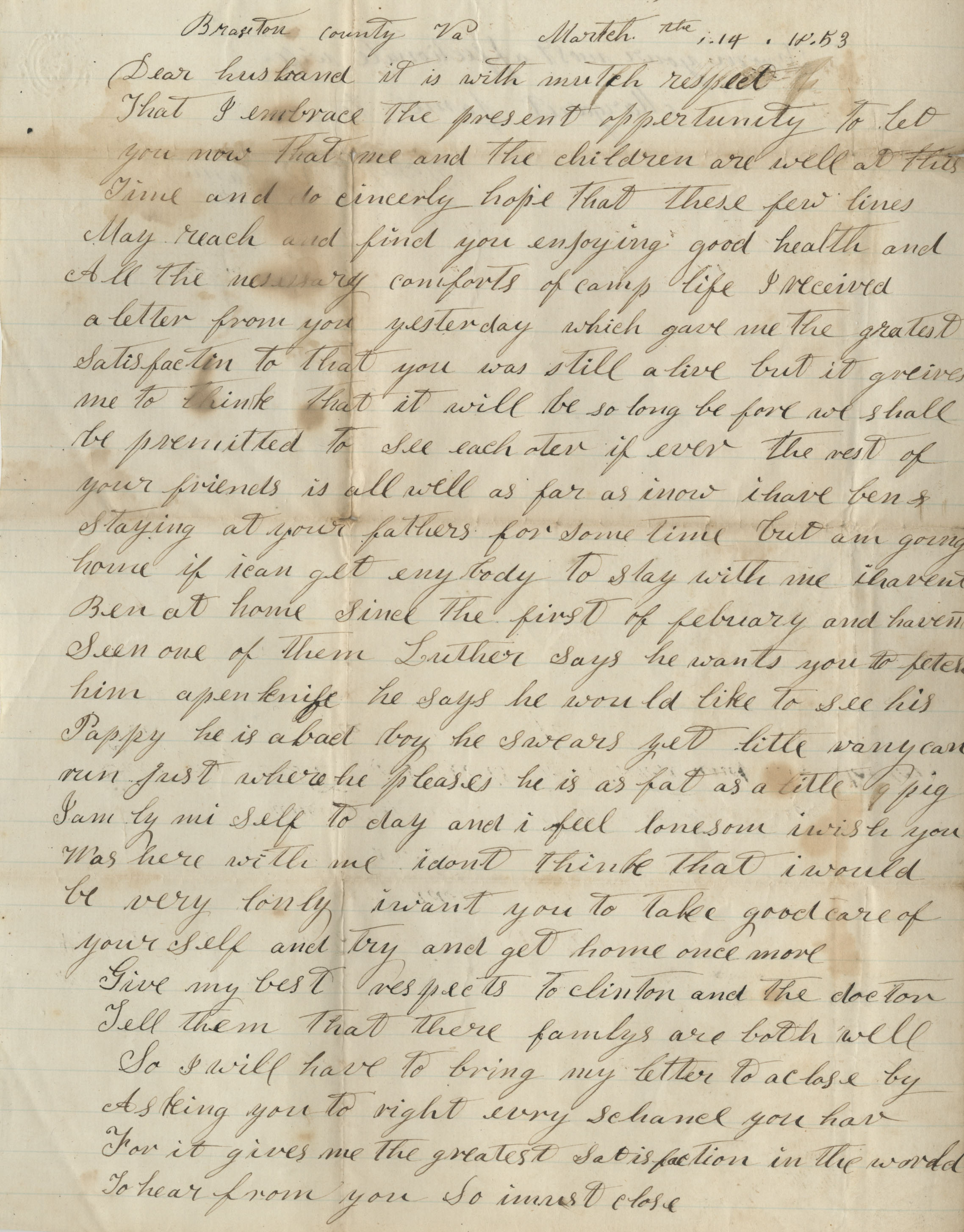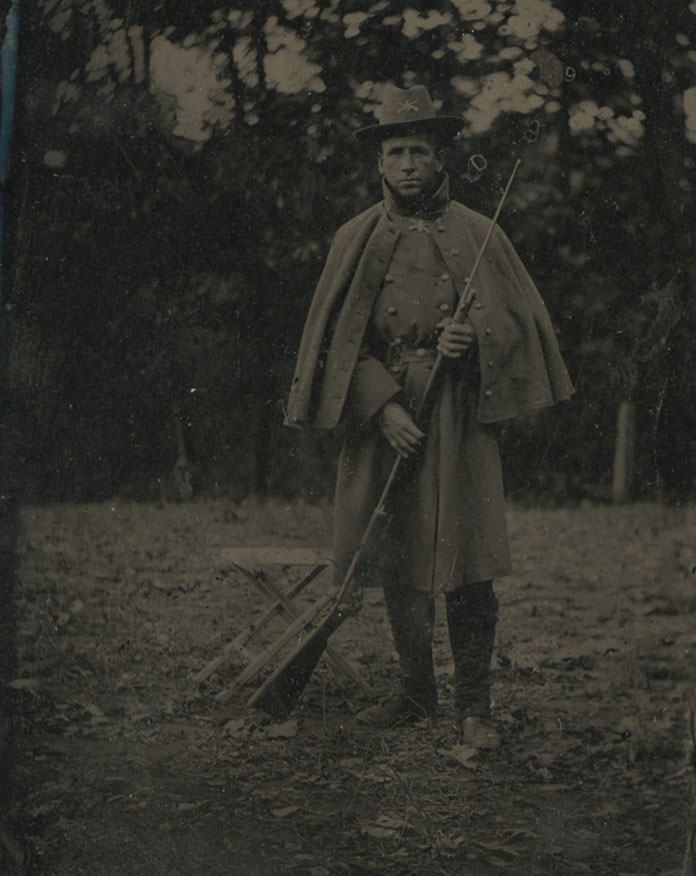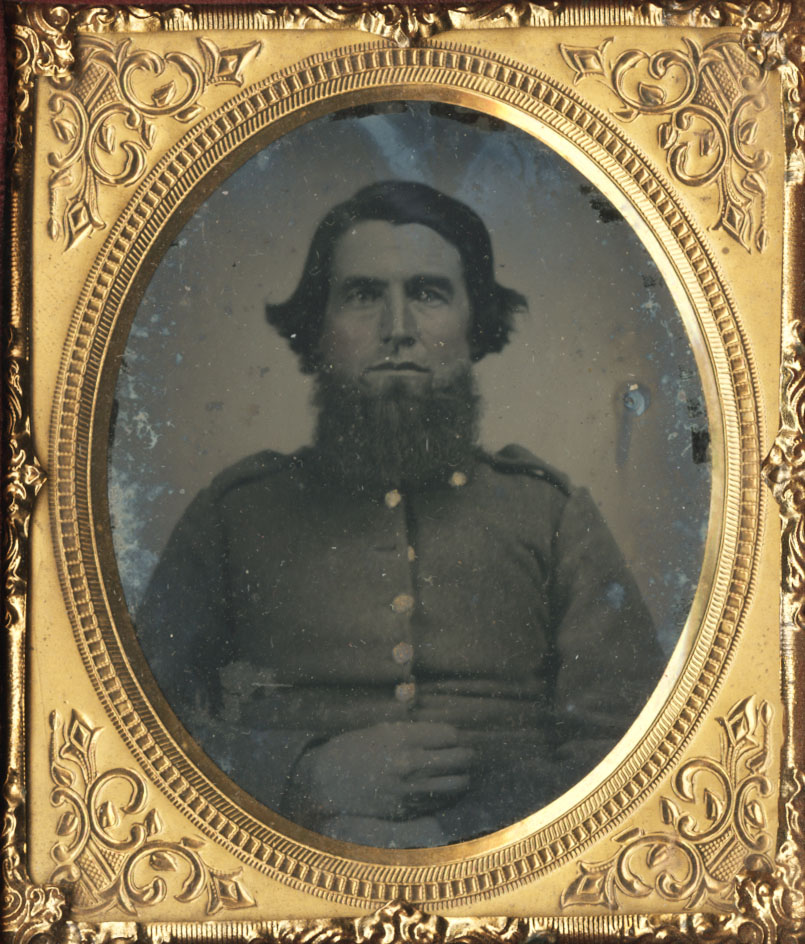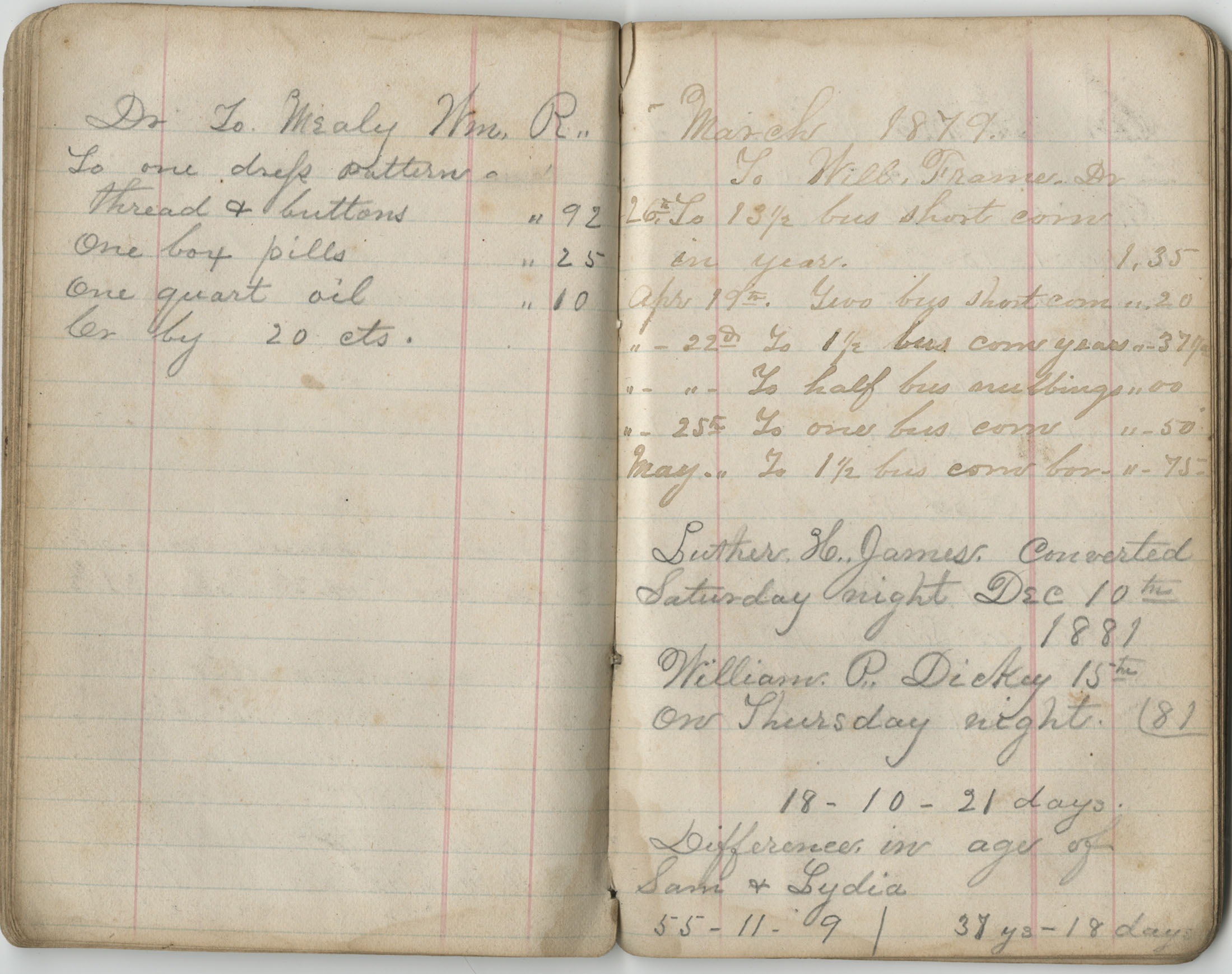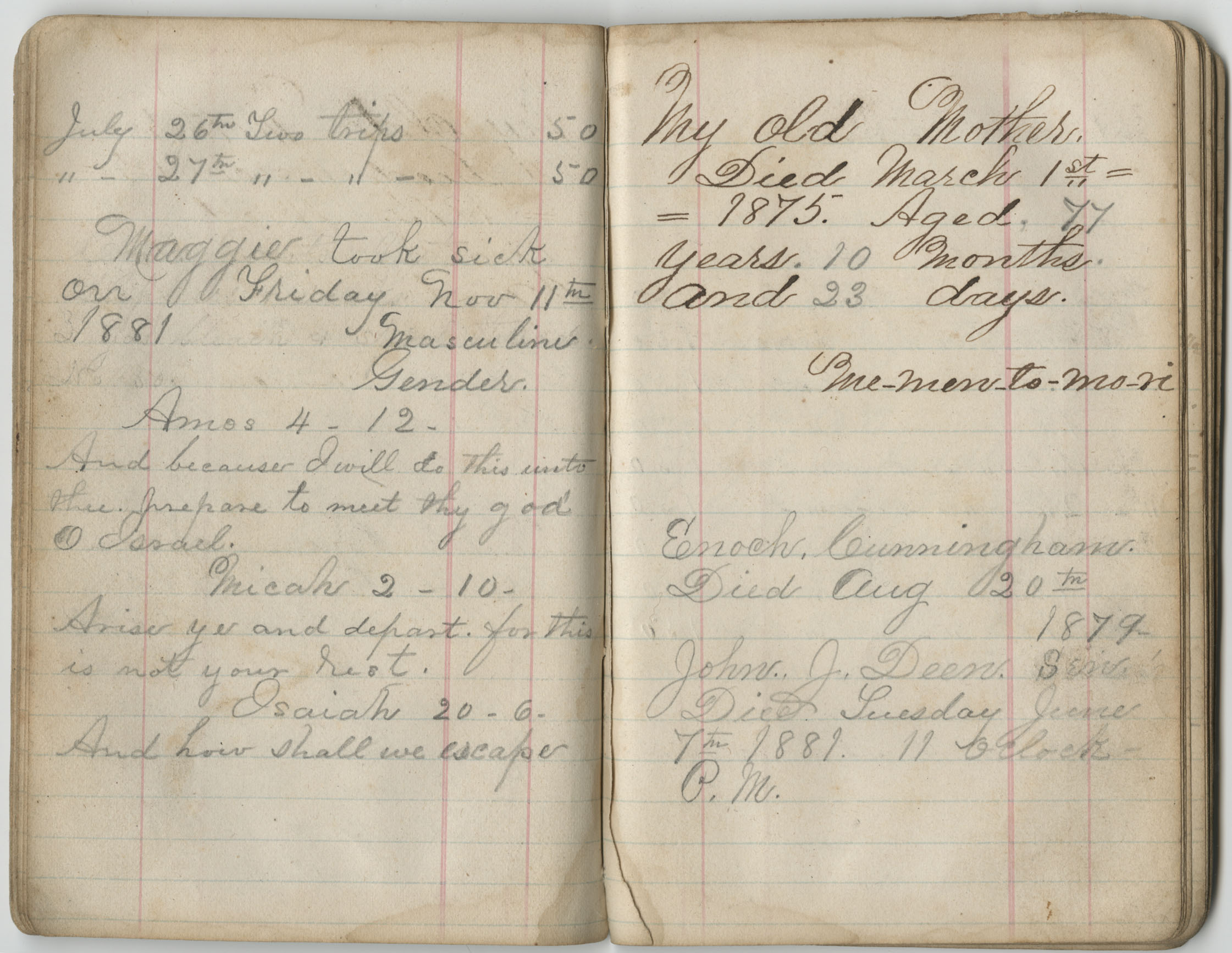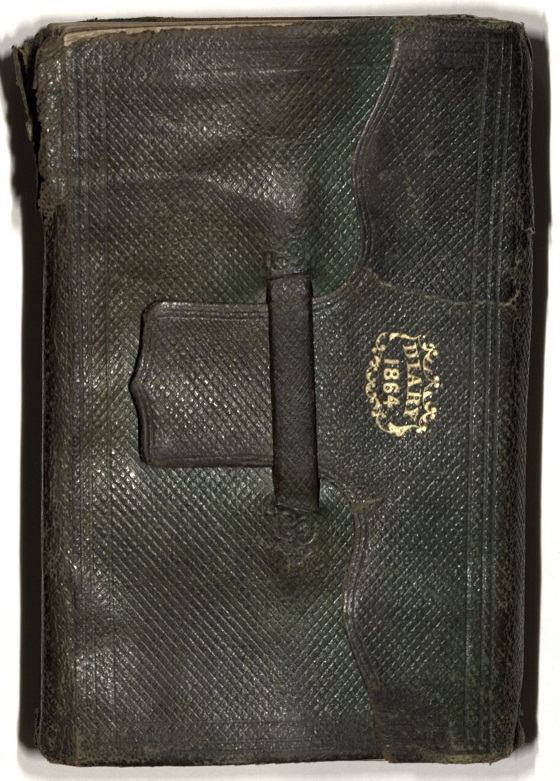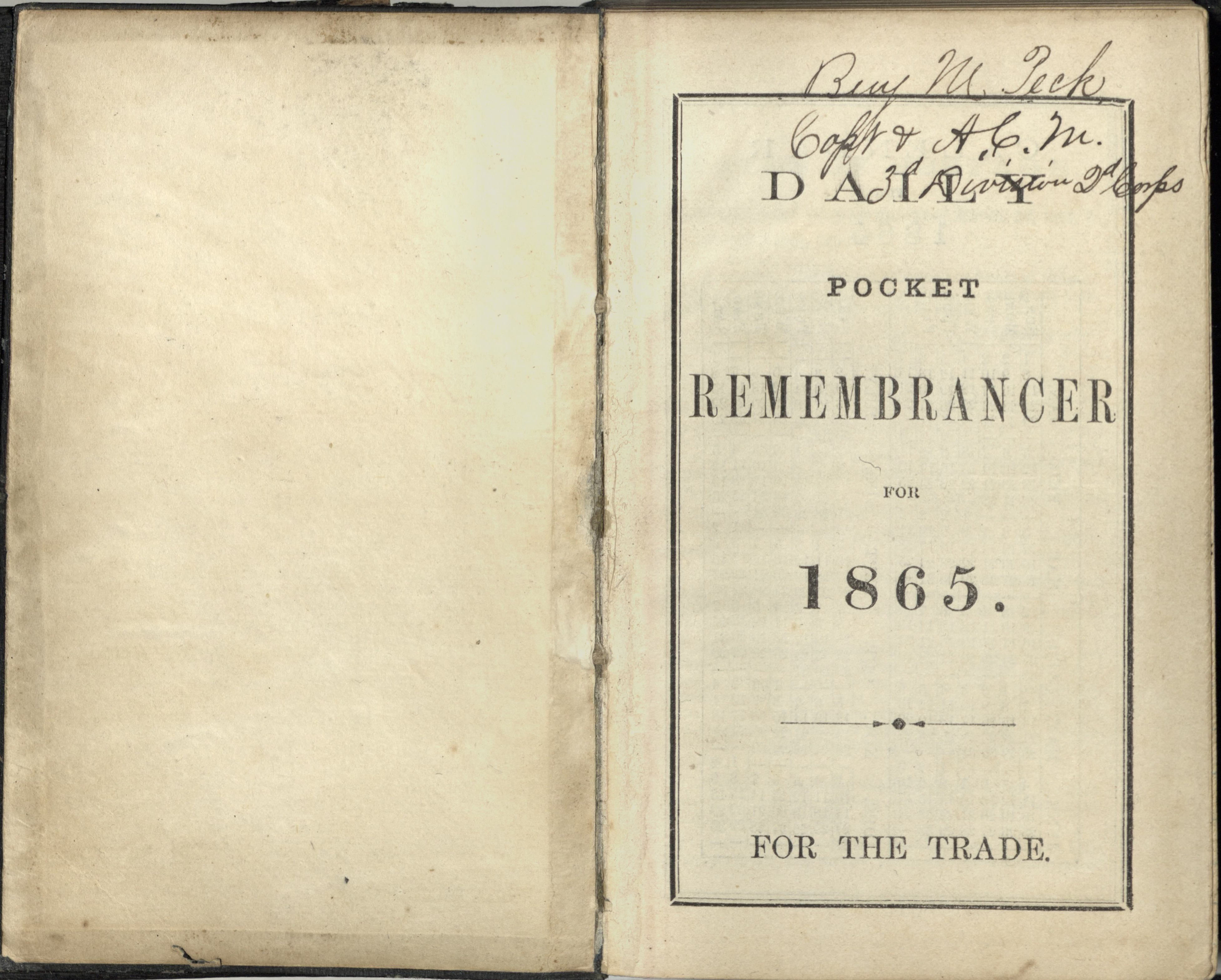One of the first collections we received after I started at Special Collections in 2009 was that of a Union private from Pennsylvania, Charles F. McKenna. (Acquisitions and Processing Archivist Kira here, this week–which I’m only pointing out because this post is about a collection, but also some connections came full circle for me last month). We know quite a bit about Charles F. McKenna, since he survived the Civil War and went to have a career as a lawyer and judge–more on that in a bit.
The Charles F. McKenna Collection contains diaries, personal papers, and published materials relating to McKenna’s Civil War service. The materials date from 1861 to 1998 (bulk 1861-1913). The collection is divided into two series: Personal Papers and Published Materials. The Personal Papers include McKenna’s original diaries (1862-1865); bound photocopies of the diaries; transcriptions on CD-rom; McKenna’s discharge papers; photographs of two generals; and a letter regarding the publication of Under the Maltese Cross, from Antietam to Appomattox, the Loyal Uprising in Western Pennsylvania, 1861-1865; Campaigns 155th Pennsylvania Volunteers Regiment, Narrated by the Rank and File. The Published Materials include two articles featuring McKenna’s letters; a map of McKenna’s travels; an issue of Civil War News; and Civil War sheet music.
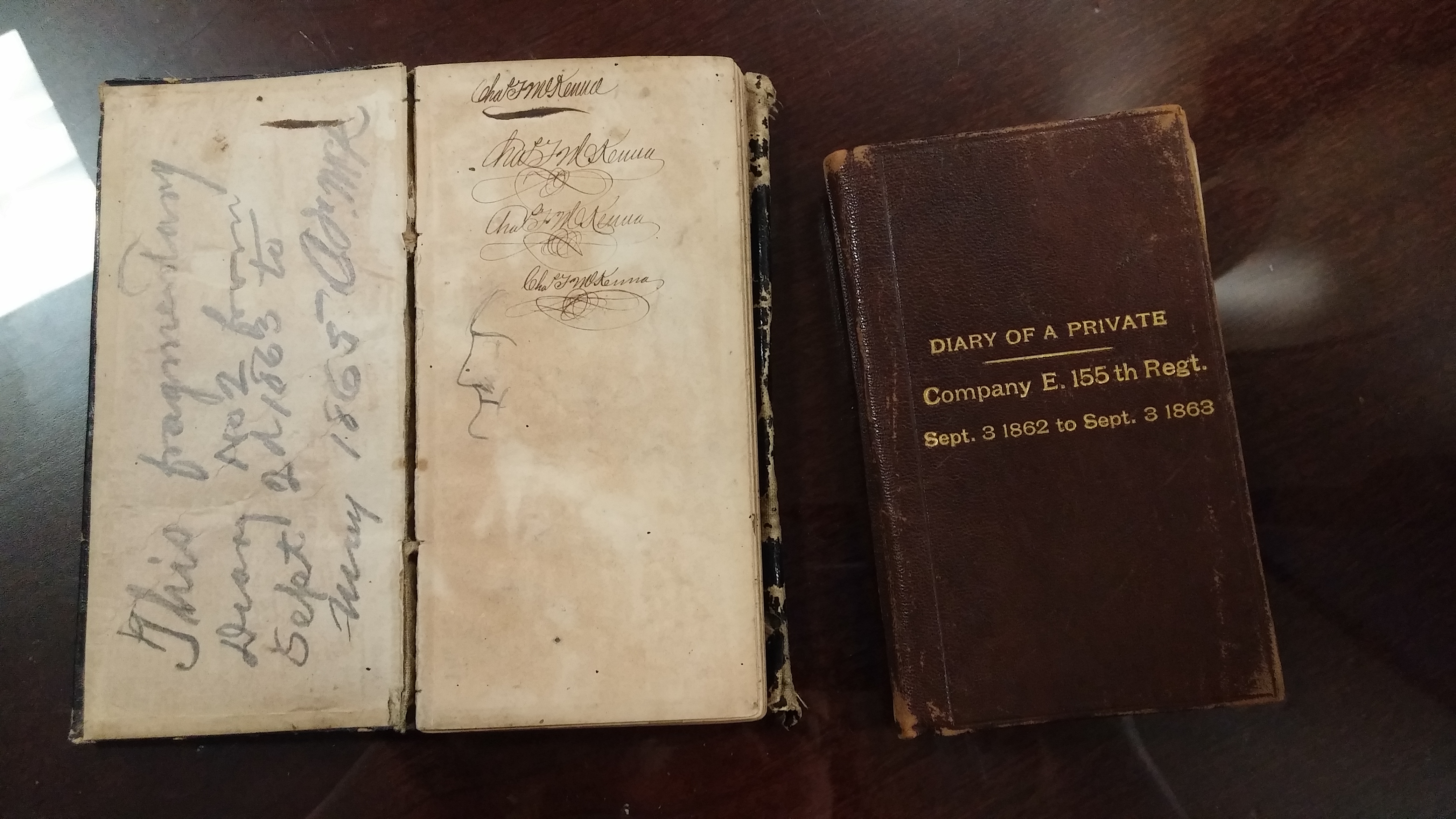
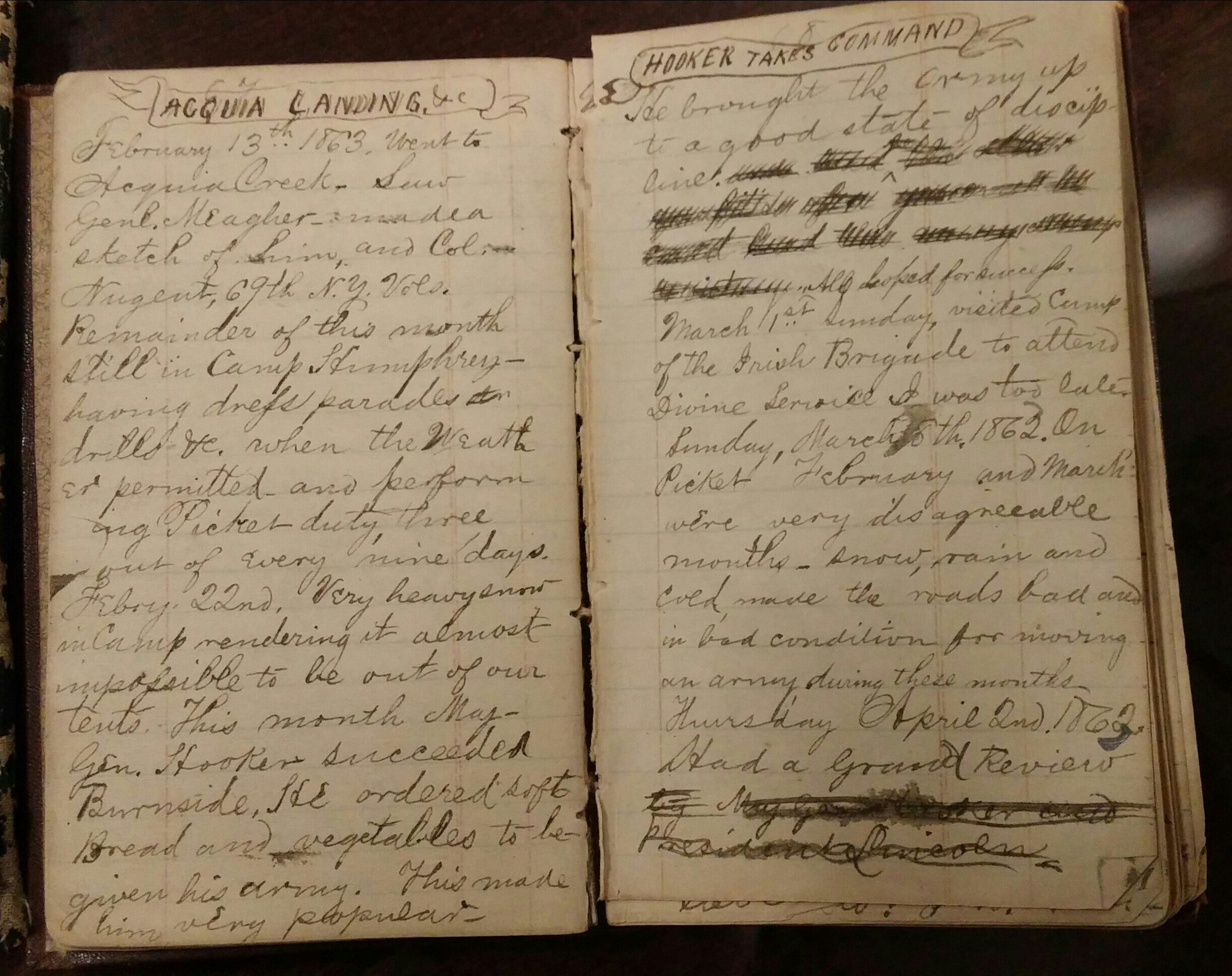
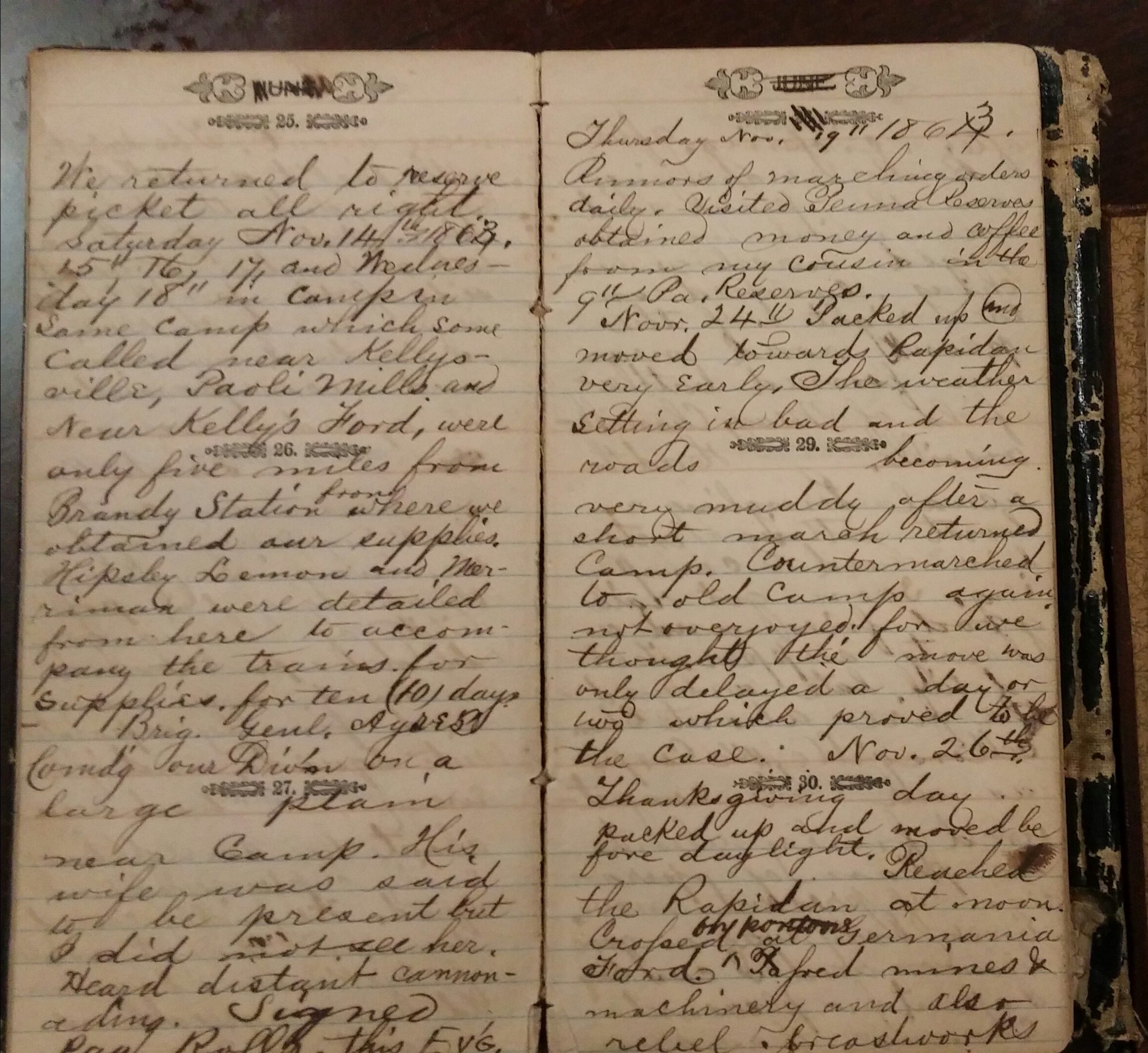
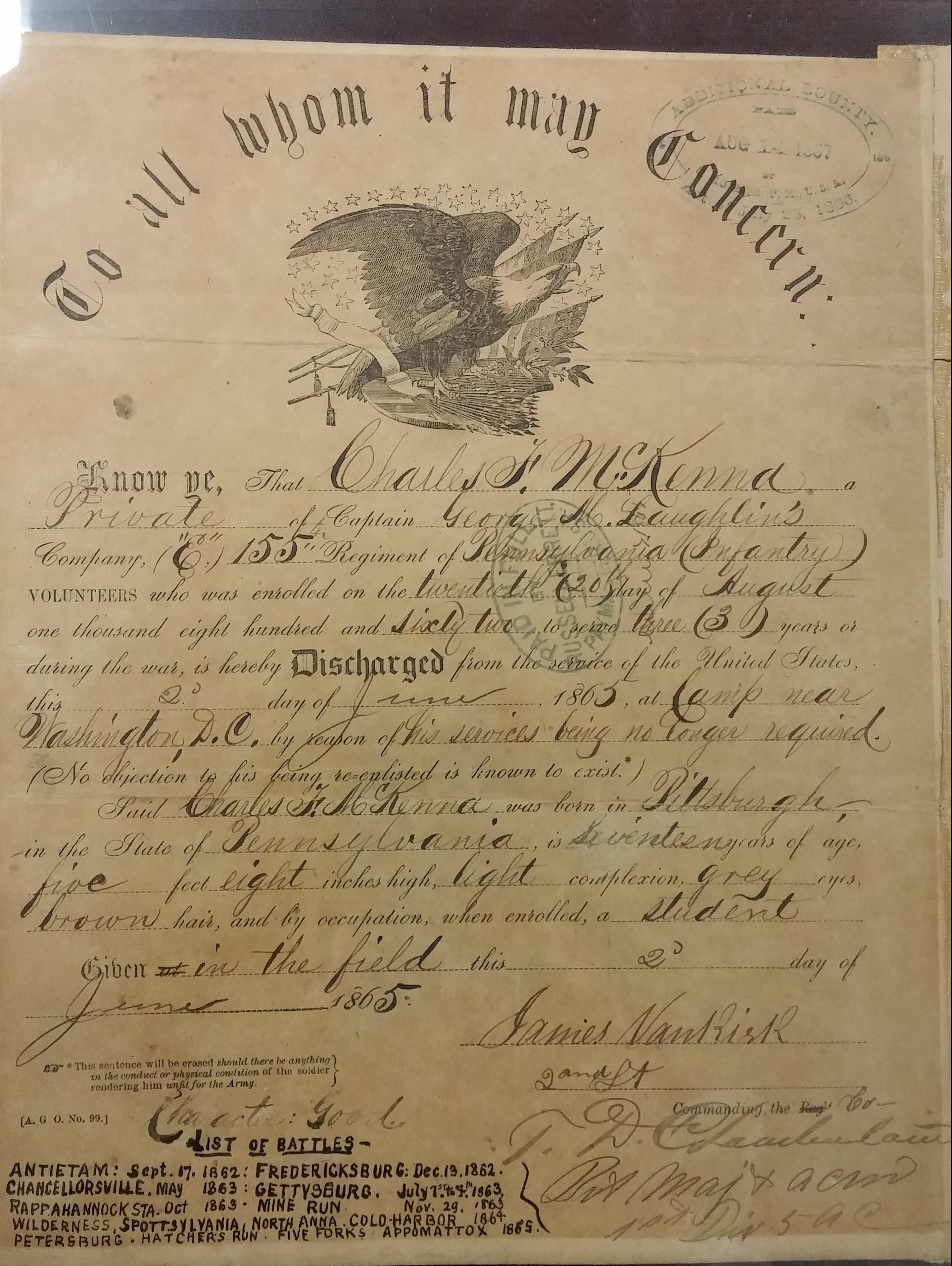
Several times since 2009, I or a colleague have brought out the McKenna collection for one reason or another, but to be honest, I haven’t thought about it since about this time last year, when we had it on display for visiting 6th graders (as we did again this very morning). However, I’m getting ahead. Suffice to say, until recently, I hadn’t though about Charles (as I still think of him 8 years after processing his papers and as if we were friends across historical eras) lately. Before we jump into why he popped up again, a little about him (see the link the finding aid at the bottom of this post for more info–there’s a lot to say on him!)
Charles F. McKenna was born in Pittsburgh, PA, on October 1, 1844.McKenna attended schools in Pittsburgh until, at age 14, he apprenticed to a lithographer, due to his interest in sketching. He would continue to sketch throughout his life, even providing illustrations for a published history of the 155th Regiment, Pennsylvania Volunteers he edited. He didn’t successfully enlist in a regiment until 1862, though he tried previously and was delayed due to family issues. He served the next three years with Company E, 155th Regiment, PennsylvaniaInfantry and saw action in some of the most pivotal Civil War campaigns:Gettysburg, Chancellorsville, Mine Run, Fredericksburg, and Appomattox. After the war, he became a lawyer. By 1904, he was aPennsylvania Supreme Court judge and in 1906, became ajudge forthe United States District Court of Porto Rico [sic].He returned to Pittsburgh in late 1906, unable to adapt to the climate. In addition to practicing law again, this time with his nephews, McKenna began to work extensively with Civil War organizations. First appointed to the Gettysburg Battlefield Commission, he went to to serve as its president for many years.He also created an index of Pennsylvania soldiers who participated in the Battle of Gettysburg for the Pennsylvania Historical Society. In 1911, then-Pennsylvania Governor John K. Tener appointed McKenna to the newly established County Court of Allegheny County. In 1921, he was elected to complete a second ten-year term. His service was cut short by his death on December 3, 1922.
McKenna had a life story that I got caught up in while researching him and, as is often the case, probably spent too much time investigating while processing the collection. But that’s as hazard of the job. Anyway, that mostly brings us to April of 2017…
Last month, while on route to a conference in NJ, My colleagues and I took a detour into Gettysburg (after all, what else can you expect from four archivists left to run wild?) and we briefly drove through a part of the battlefield, stopping at the Pennsylvania State Monument, which you can climb to the top of to look out across part of thebattlefield. We climbed up, walked around, cautiously made our way back now the narrow stairs (meeting with visitors going up on the way), and that was when it hit me, staring at the plaque for a low-number Pennsylvania regiment. Charleshad fought here! I wandered my way around the monument, looking up the finding aid and the note which had his regiment listed (yes, you can get cell service on the battlefield) and when I got to the 155th, there he was!
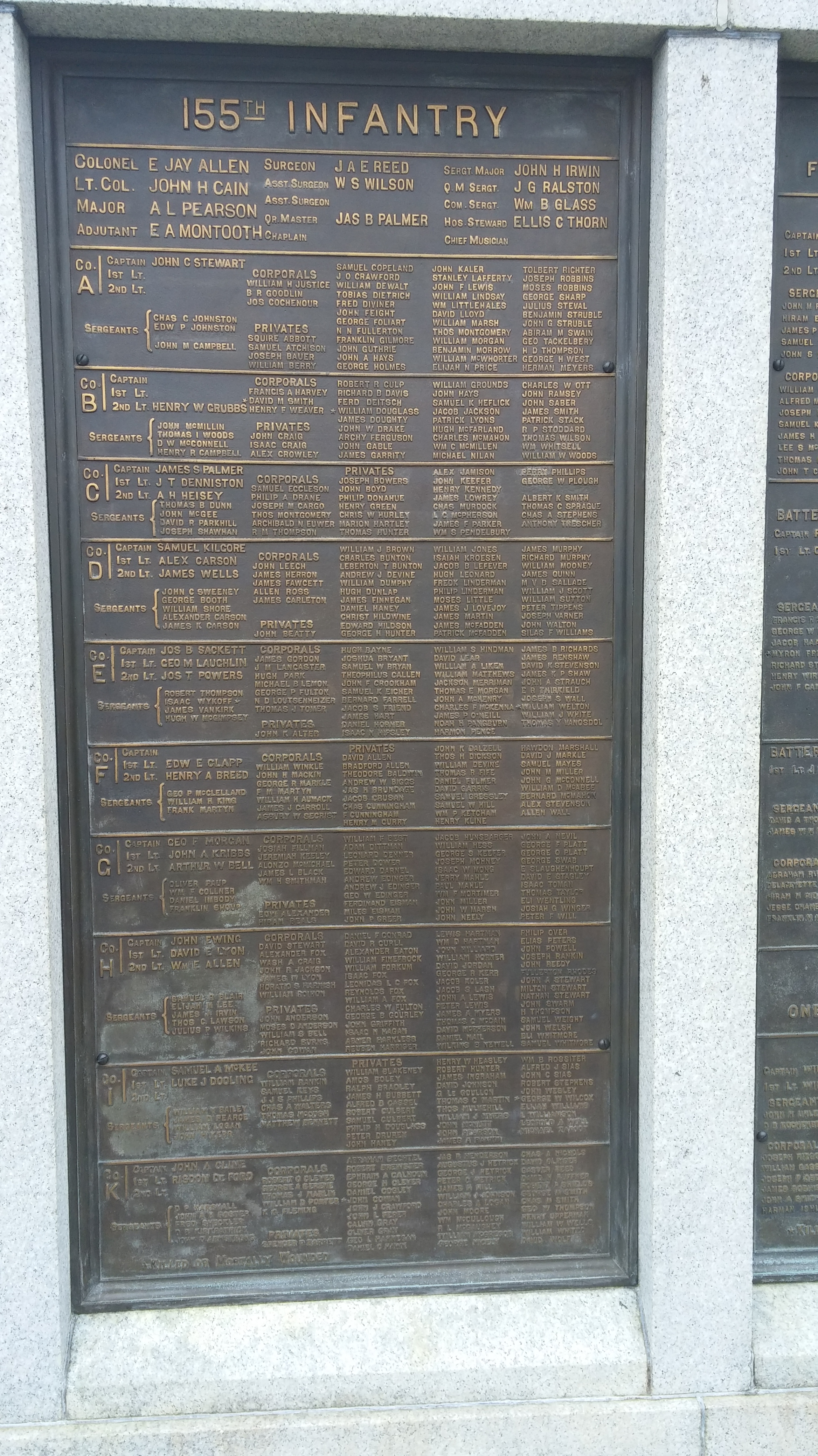
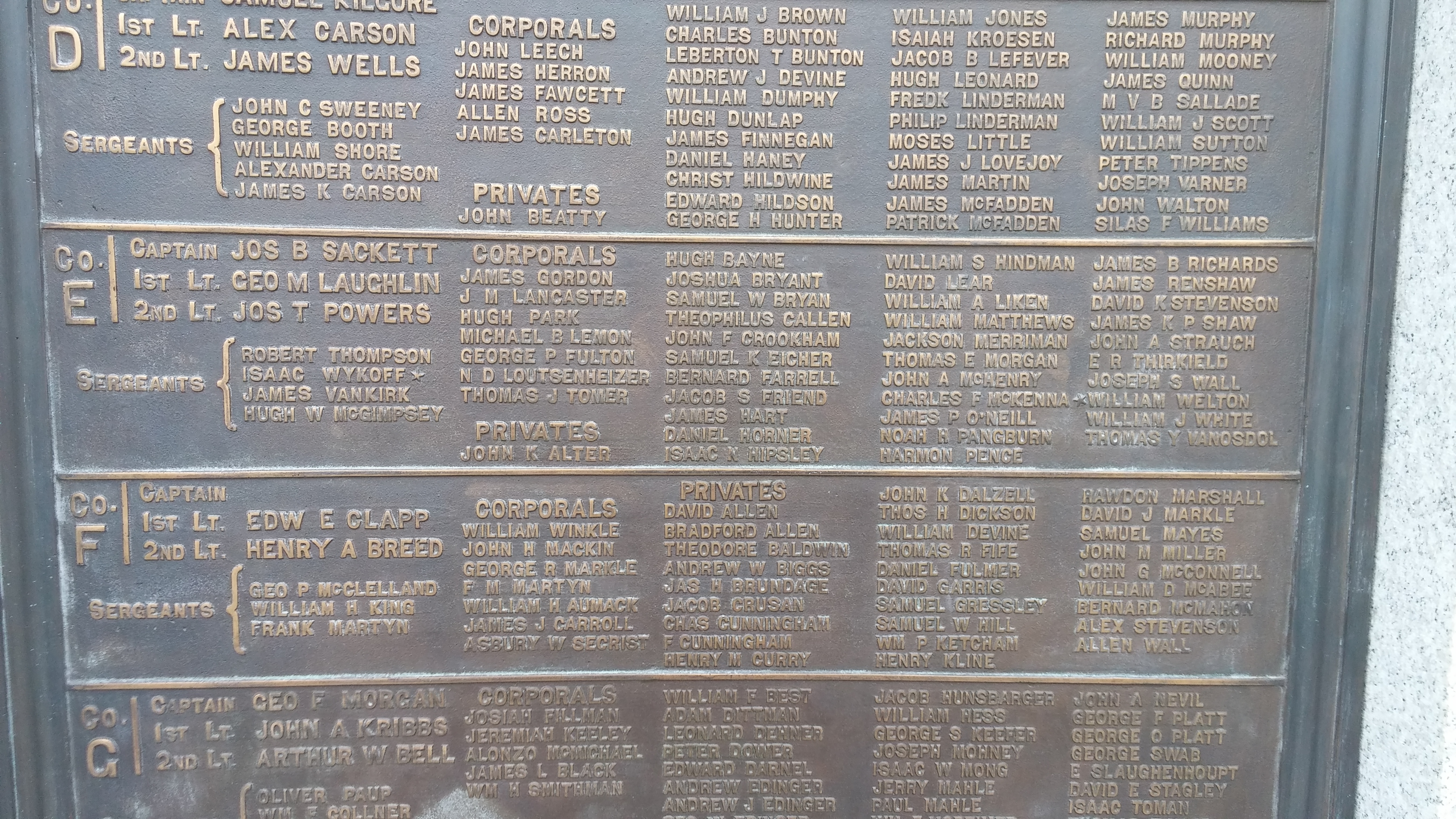
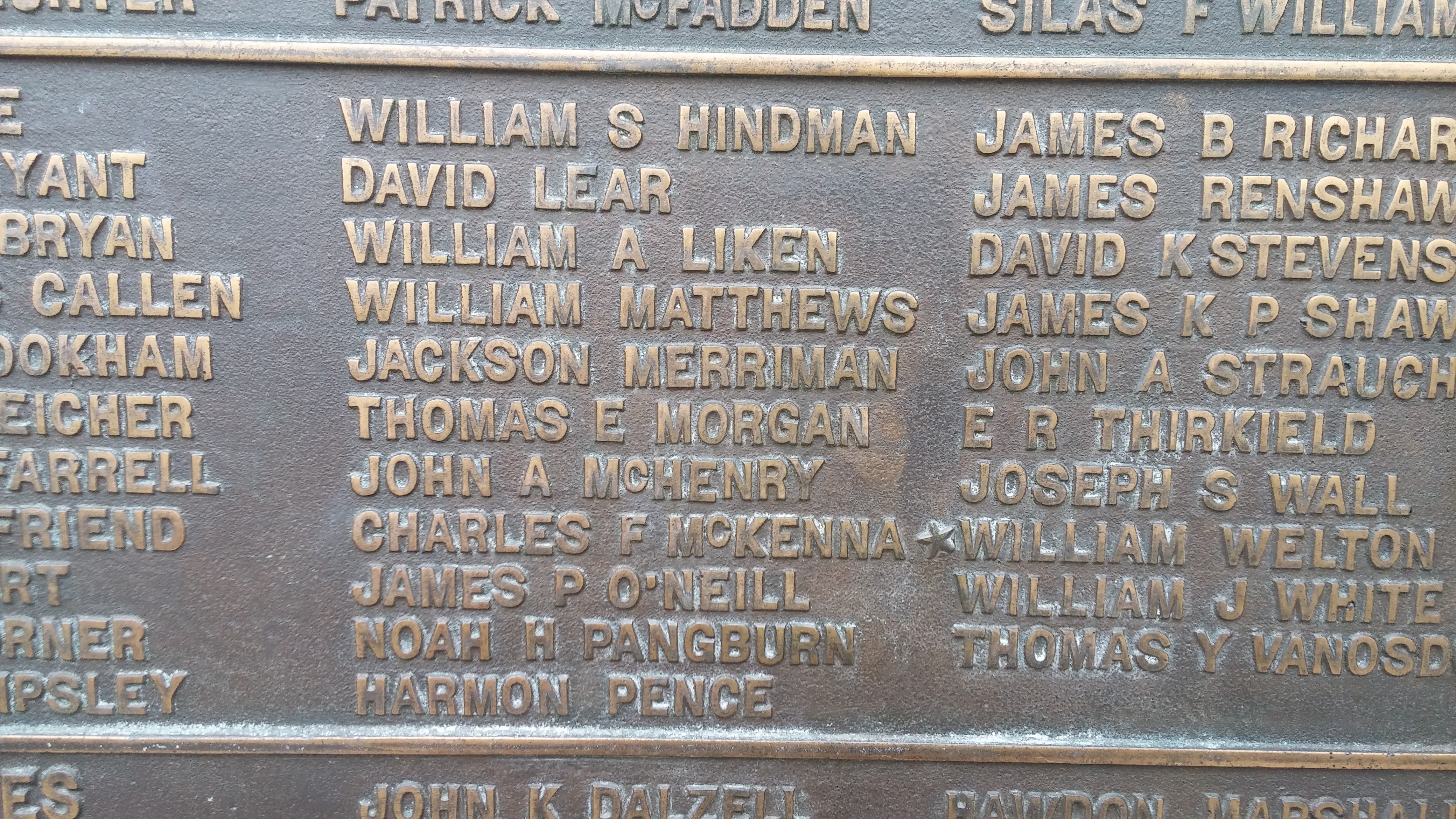
And all the sudden, I had this weird moment. Here was the name of thisman whose papers I had worked on processing, whose life I had dug into, whose history in the war and beyond I knew, staring at me from this monument where it has been for the last 103 years (the monument was completed in 1914–you can read more about it here). And then I started thinking about the connection between this name in metal and the box back on our shelves. McKenna’s diaries are very much written in a style that suggests he expected them to be read and he even went back and worked on them later (if he didn’t entirely write and/or recopy and annotate them later on). As I wrote in the finding aid back in 2009:
Elements within the diaries suggest they may not have been recorded at the time of the war, but instead, written down at a later date. The loss of chronology and the absence of entries for large periods of time in 1864 hint at this. Several notes in the text also imply additions at another date. After the entry for June 23rd, the following appears: “[N.B. Here my notes ceased, as well as my dates and for the remainder of June and July I will be obliged to record the dates as well as facts from memory][C.F. McKenna. Aug. 1863].” In a lengthy entry for November 30th, an asterisk note reads, “Have since learned that it was Genl. Warren made this report to Genl. Meade.” At the very least, it appears additions were made to the diaries over time.
Some years after the war, McKenna would write the definitive history of his regiment, two copies of which we have in our book collection(and also available online). It’s clear that the war, for many reasons, had a powerful effect on him. In turn, that had an effect on me, standing on the Gettysburg battlefield on a cloudy April afternoon. Charleswanted to be remembered and he is, not only on the monument, but through the materials he created, which Special Collections now preserves. I’m extremely proud of the work we do as archivists (everywhere, not just at Virginia Tech), and I had a unique reminder of that day. Charles was a historian by choice (not training) and he and his wfforts remain a piece of historyfor future researchers and scholars. The papers we have here aren’t all there is to Charles F. McKenna in the modern age, either, the monument remindedme. His story is in many places, which is, I think, one of the important takeaways for primary sources–it can often be like a treasure hunt and you have follow the threads where you find them. In this case, that could be to Blacksburg, Gettysburg, or even Puerto Rico.
I’ve probably waxed a bit too philosophical in this particular post, or lingered too long on some boring little details, but there’s a lesson here about archivists, too. We get caught up in the stories of the materials and people we seek to preserve and provide access to every day. And sometimes, in a very unexpected place, we can have a moment where we realize just how meaningful our work can be. Well, at least if you’re me.
The finding aid for the Charles F. McKenna Collection is available onlineif you want read a bit more about what it includes and about Charles. We haven’t digitized it (yet), but you are welcome to pay us and McKenna’s collection a visit. You might just connect to history in a way you didn’t expect.
